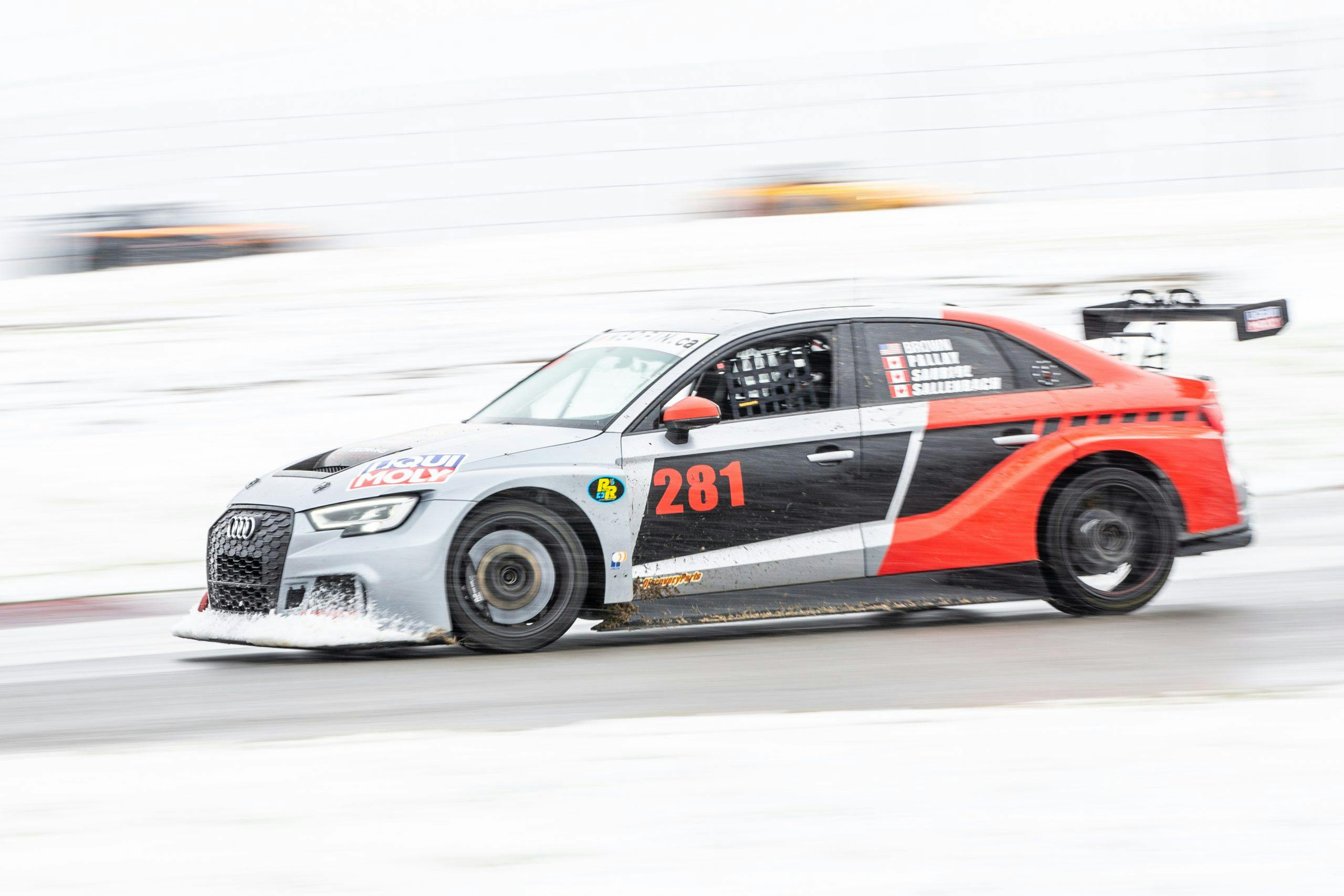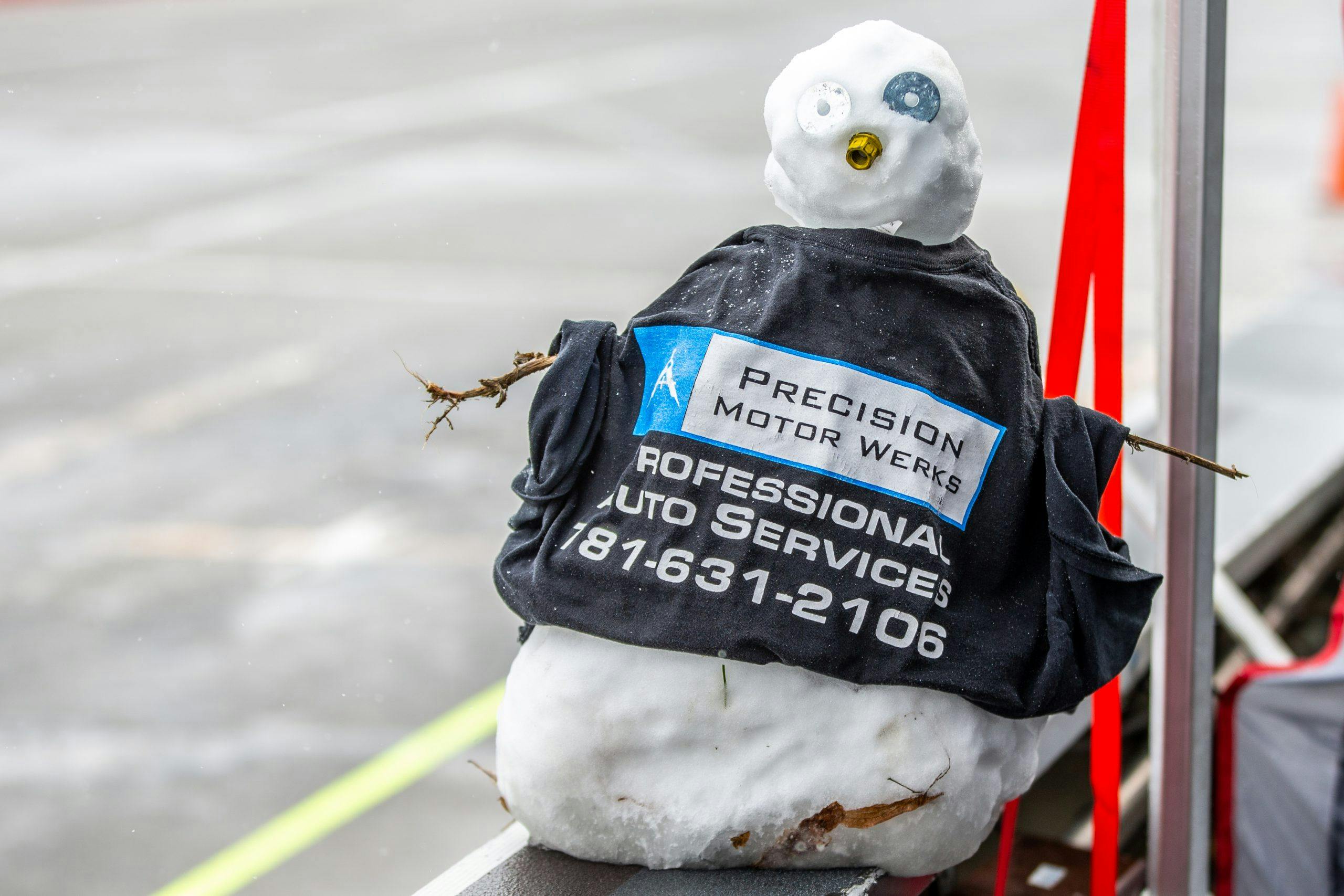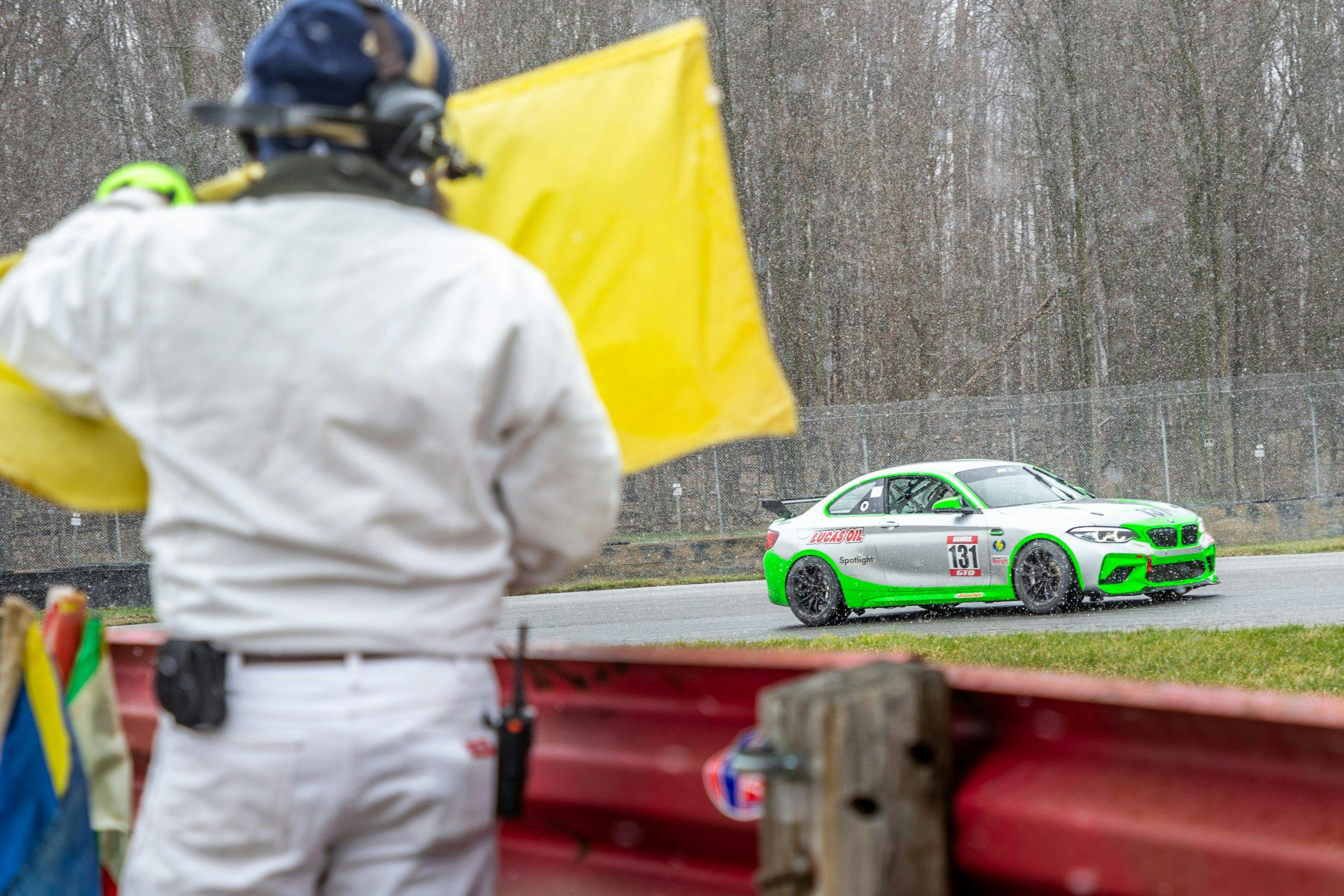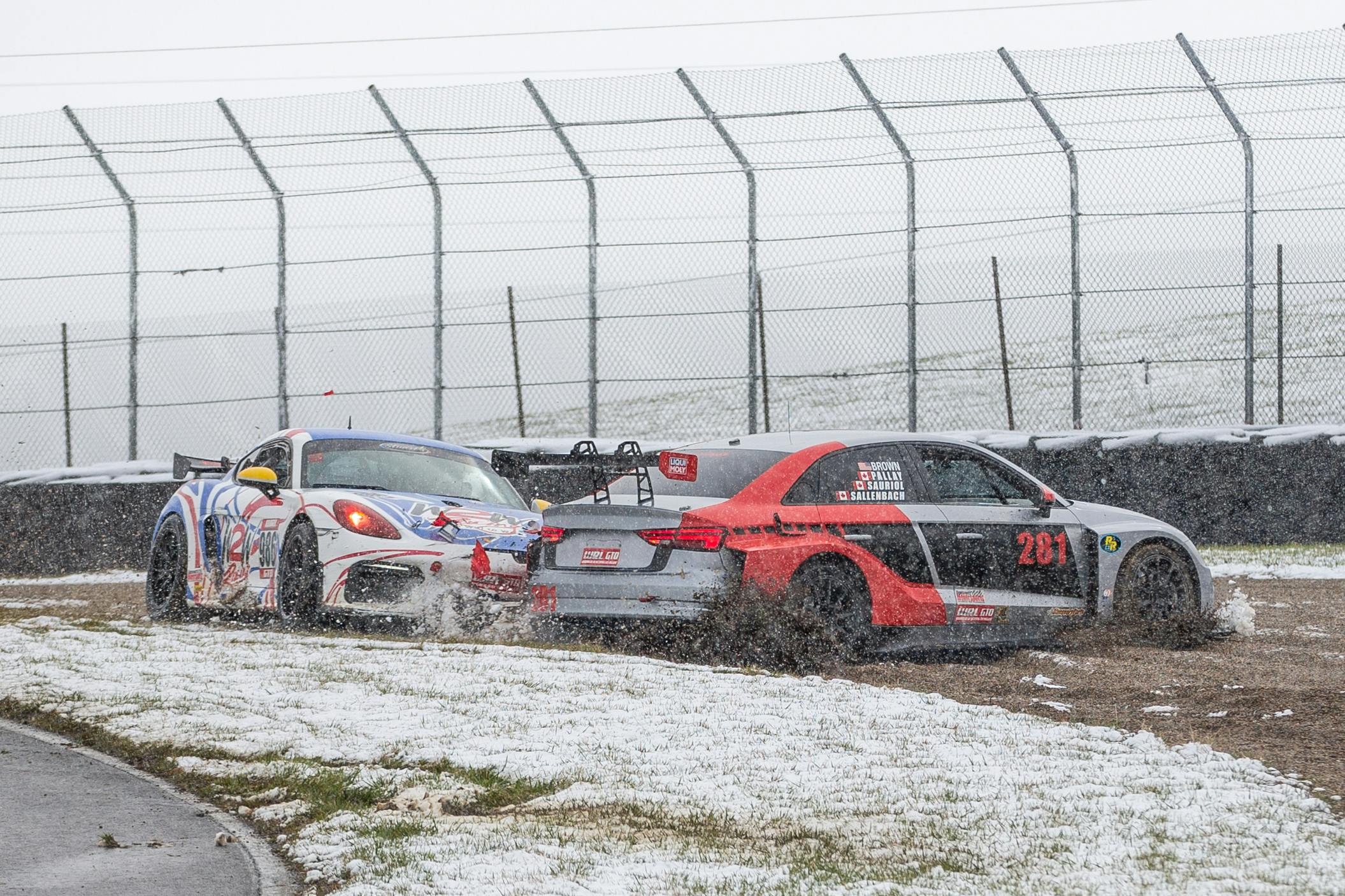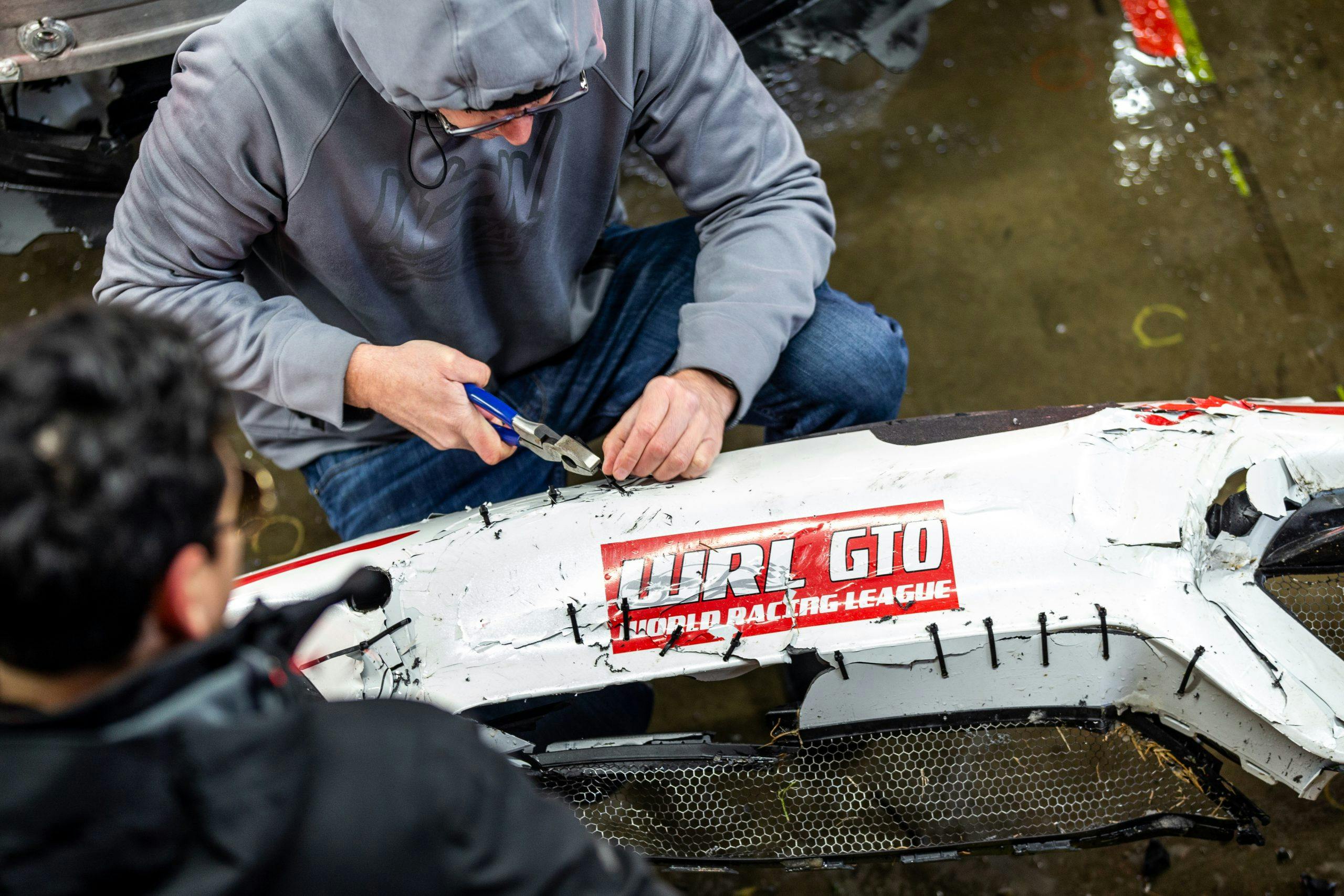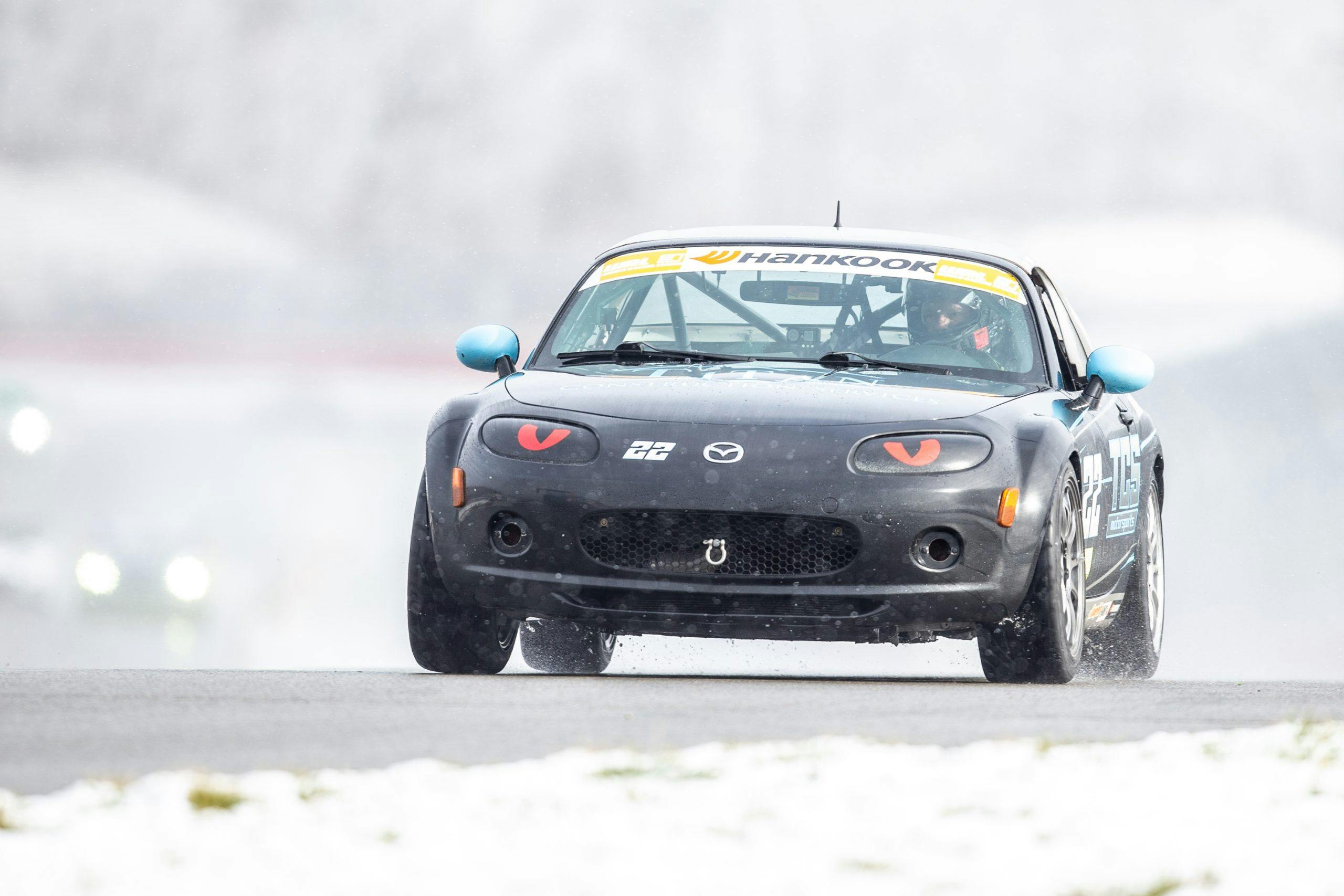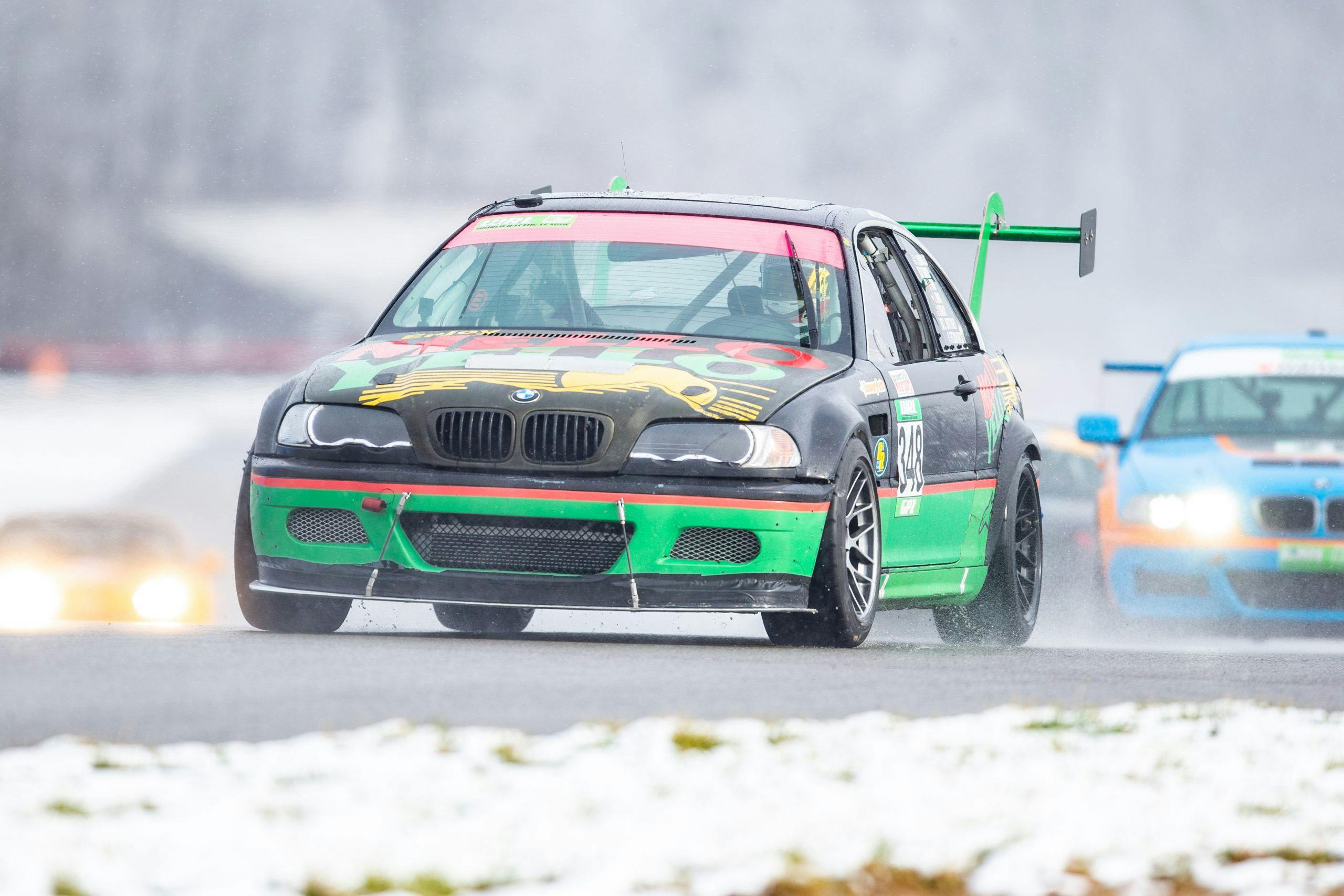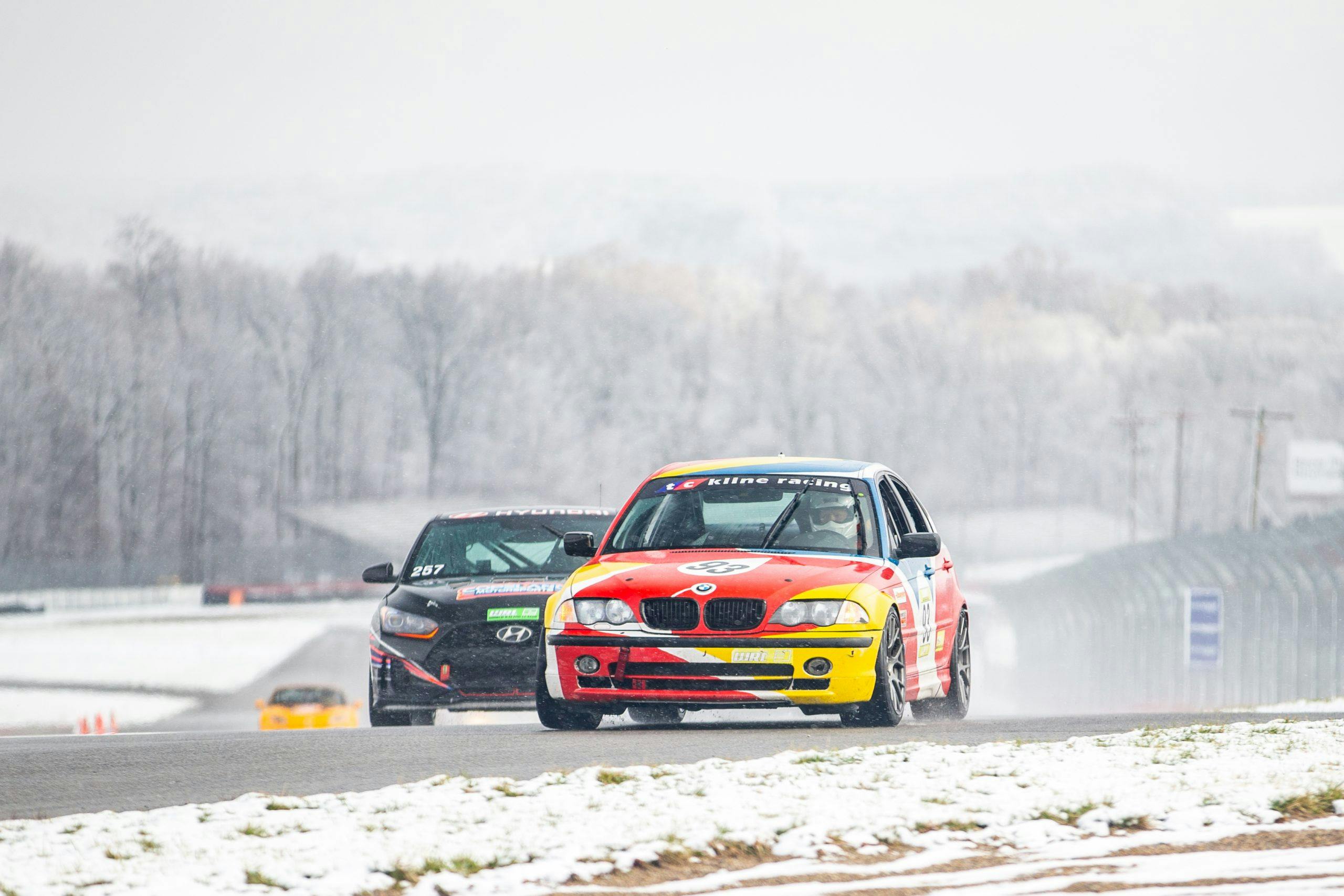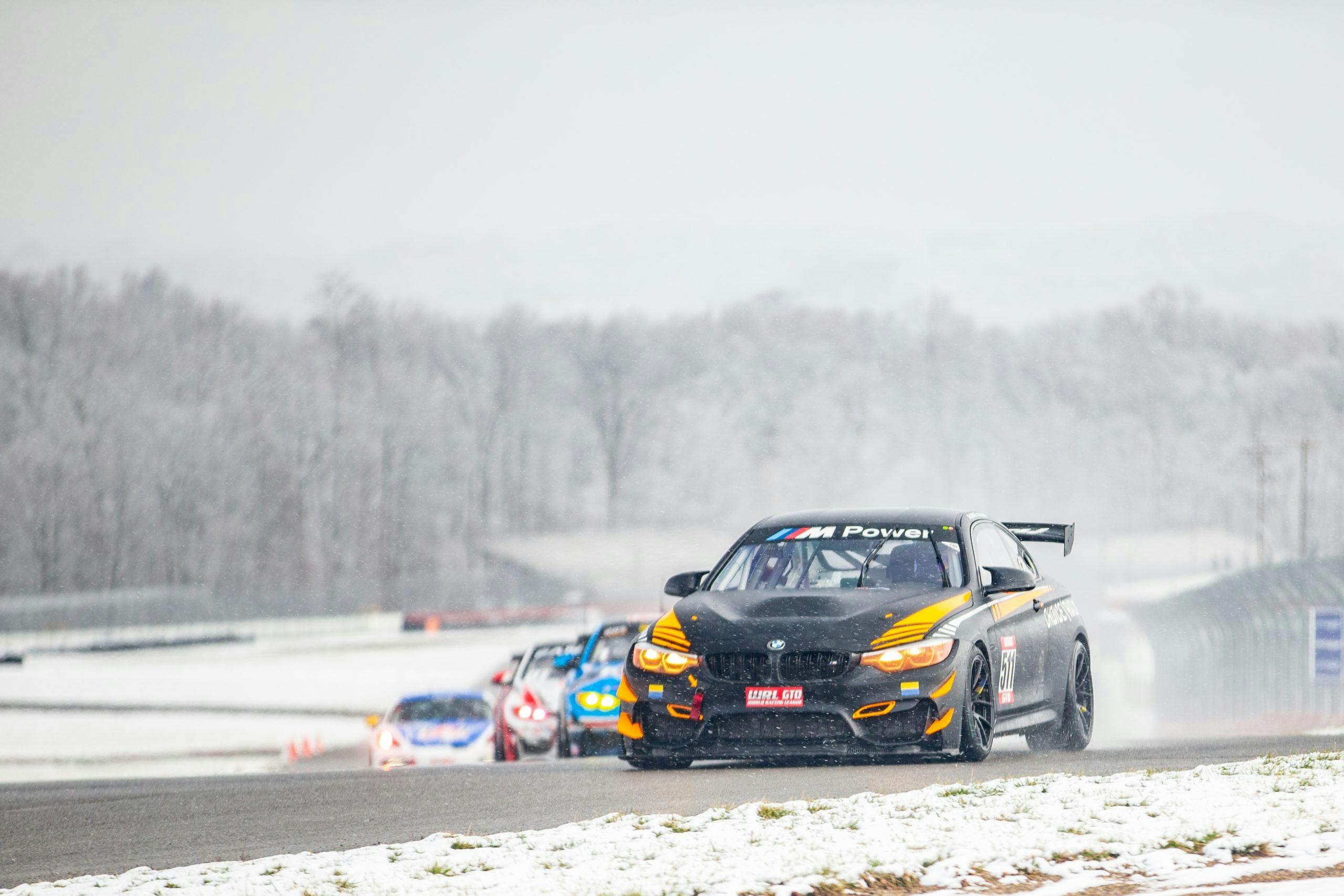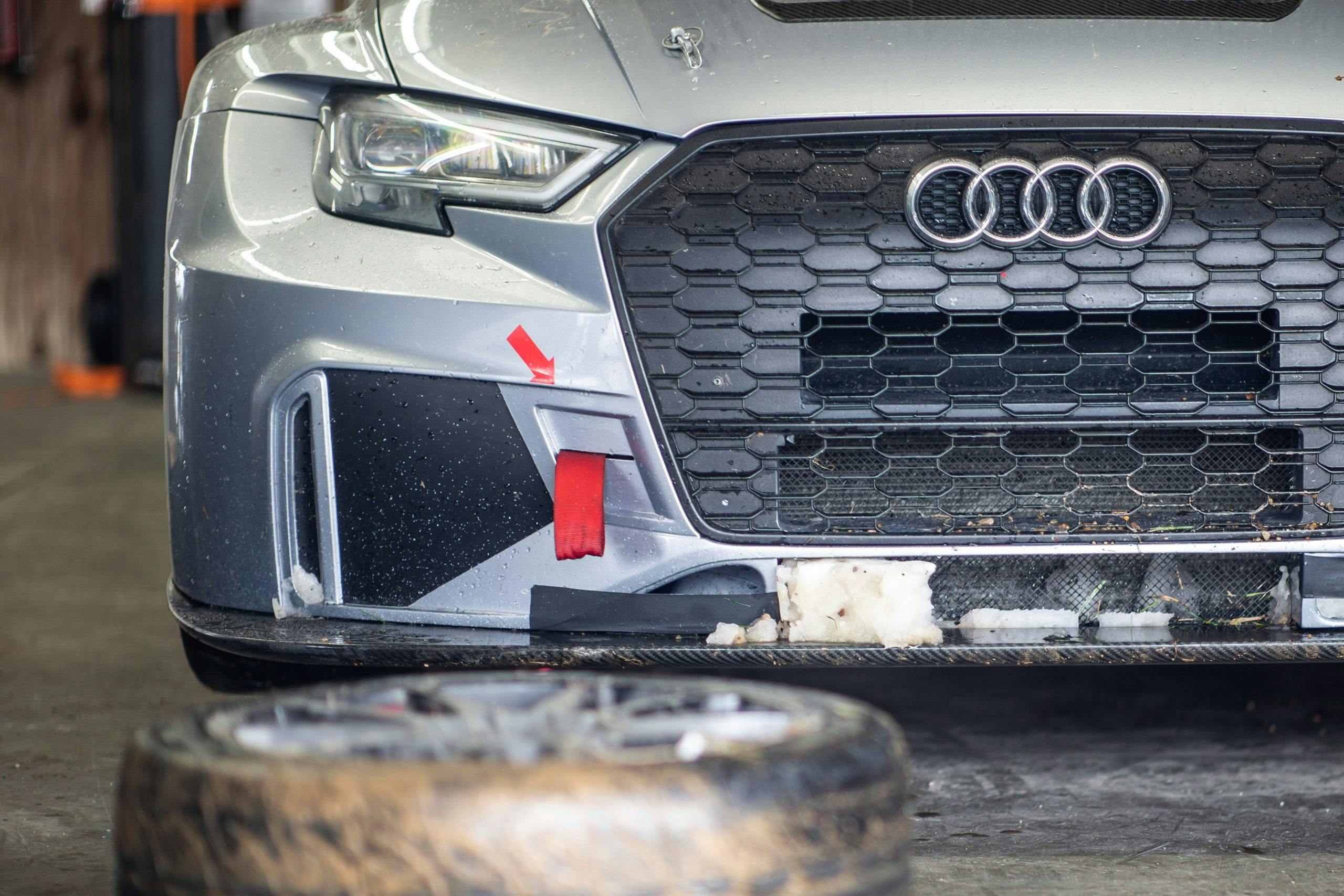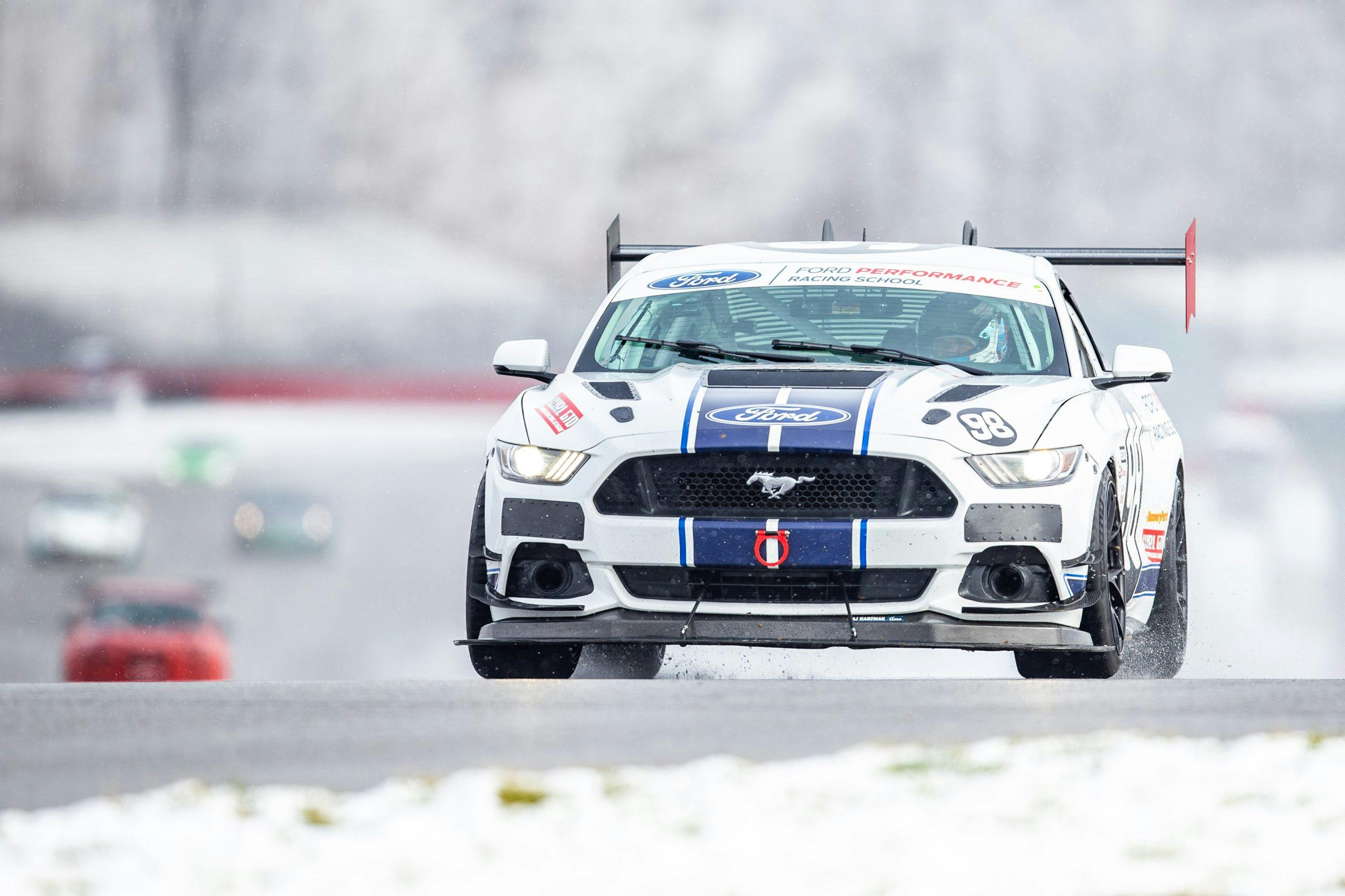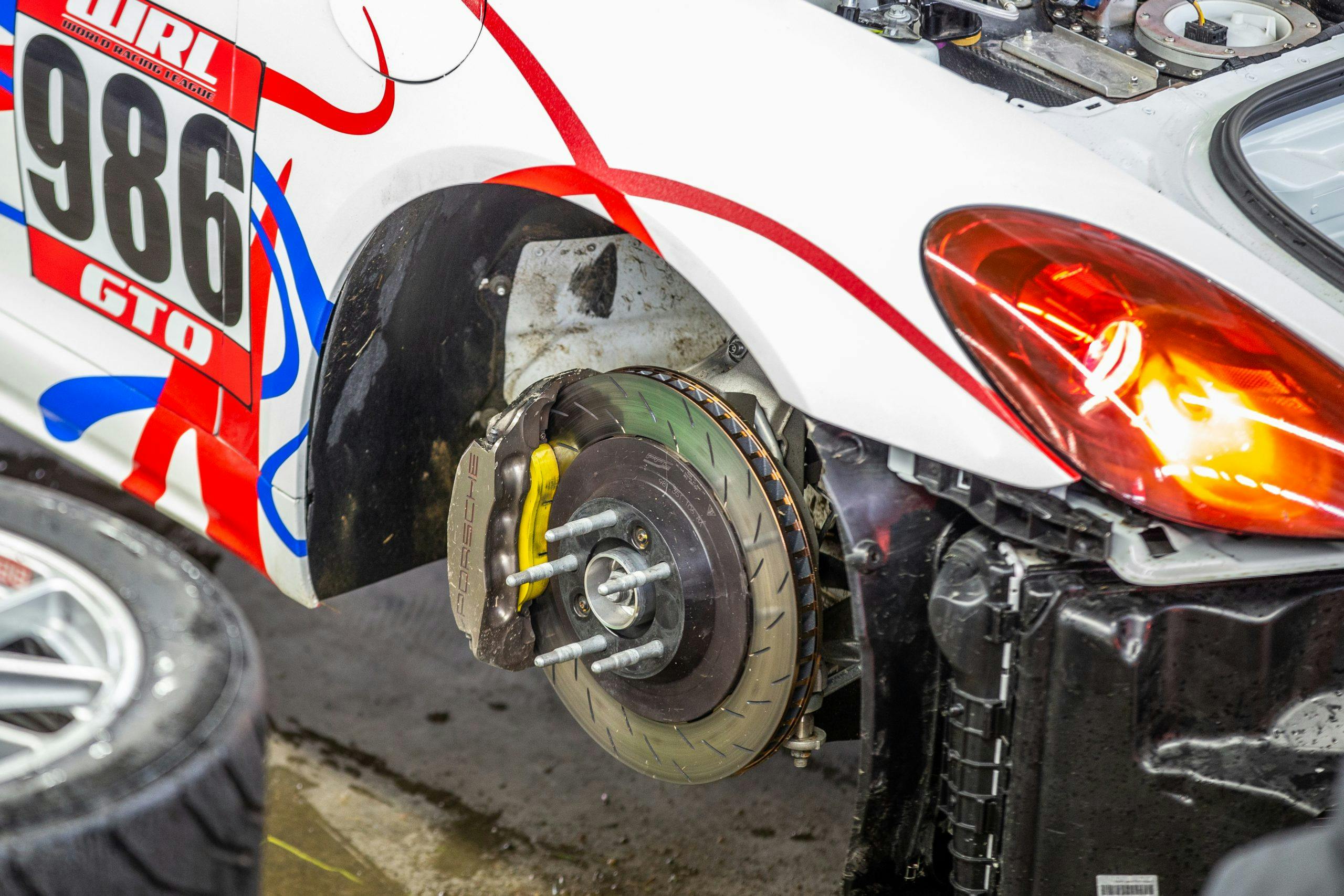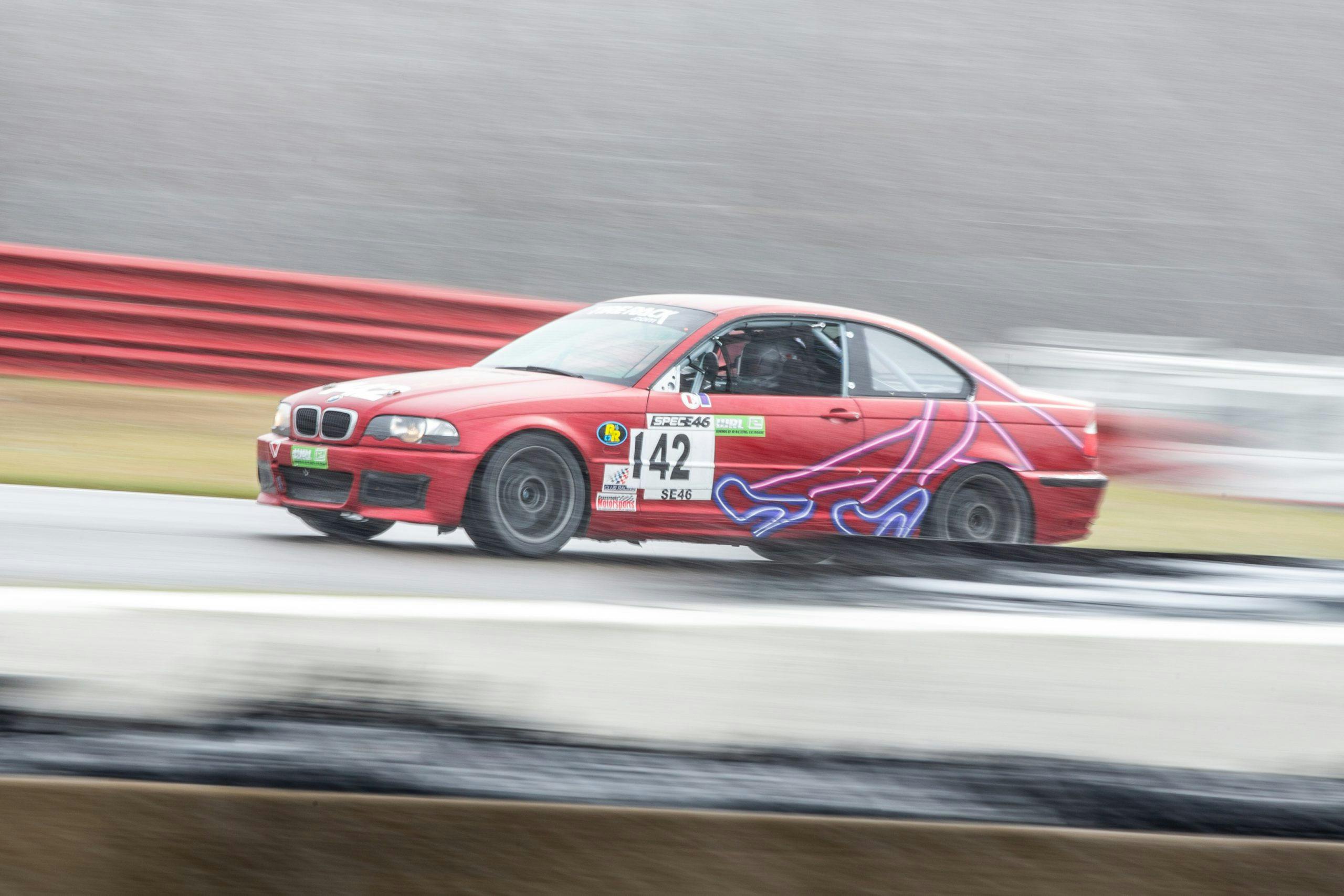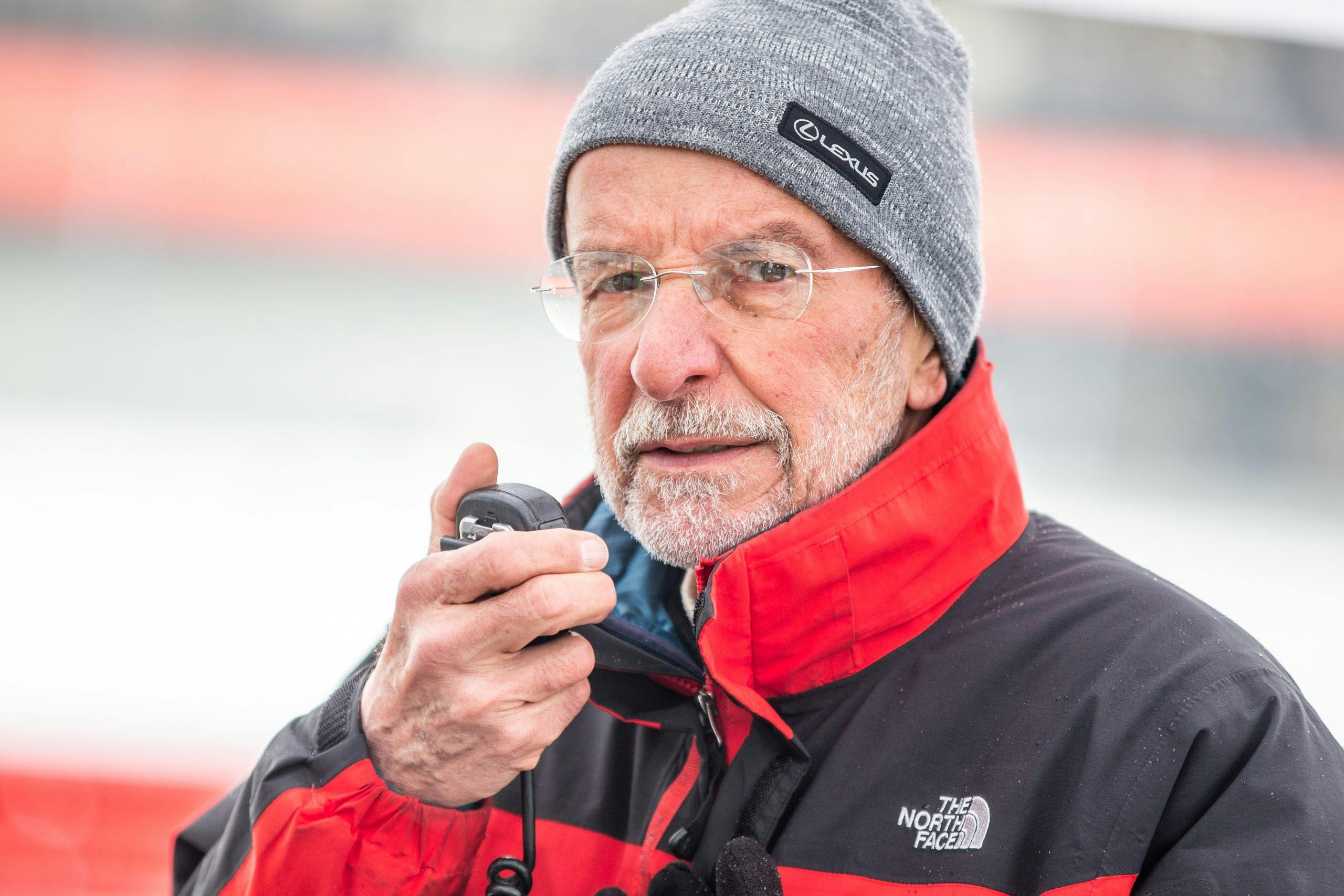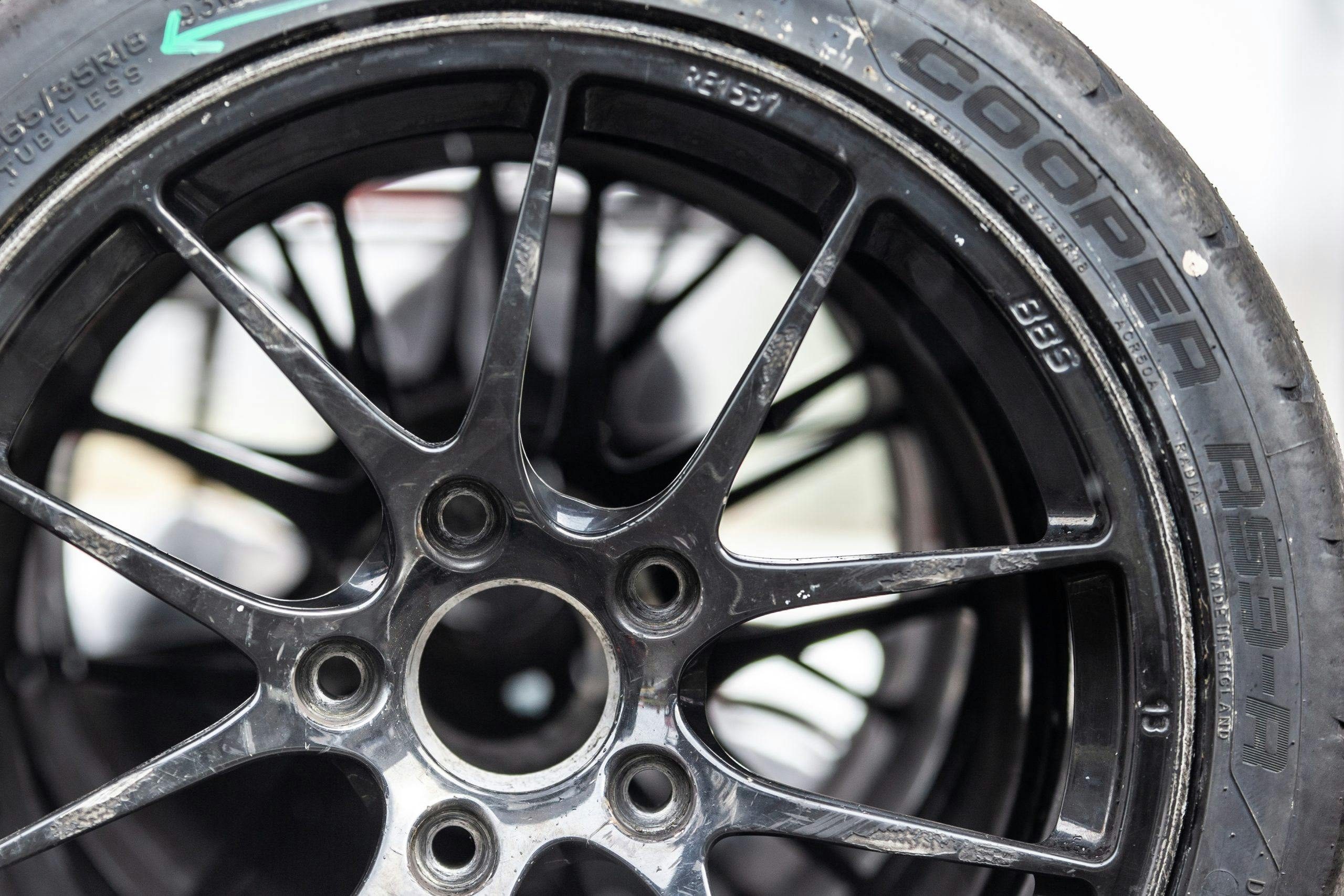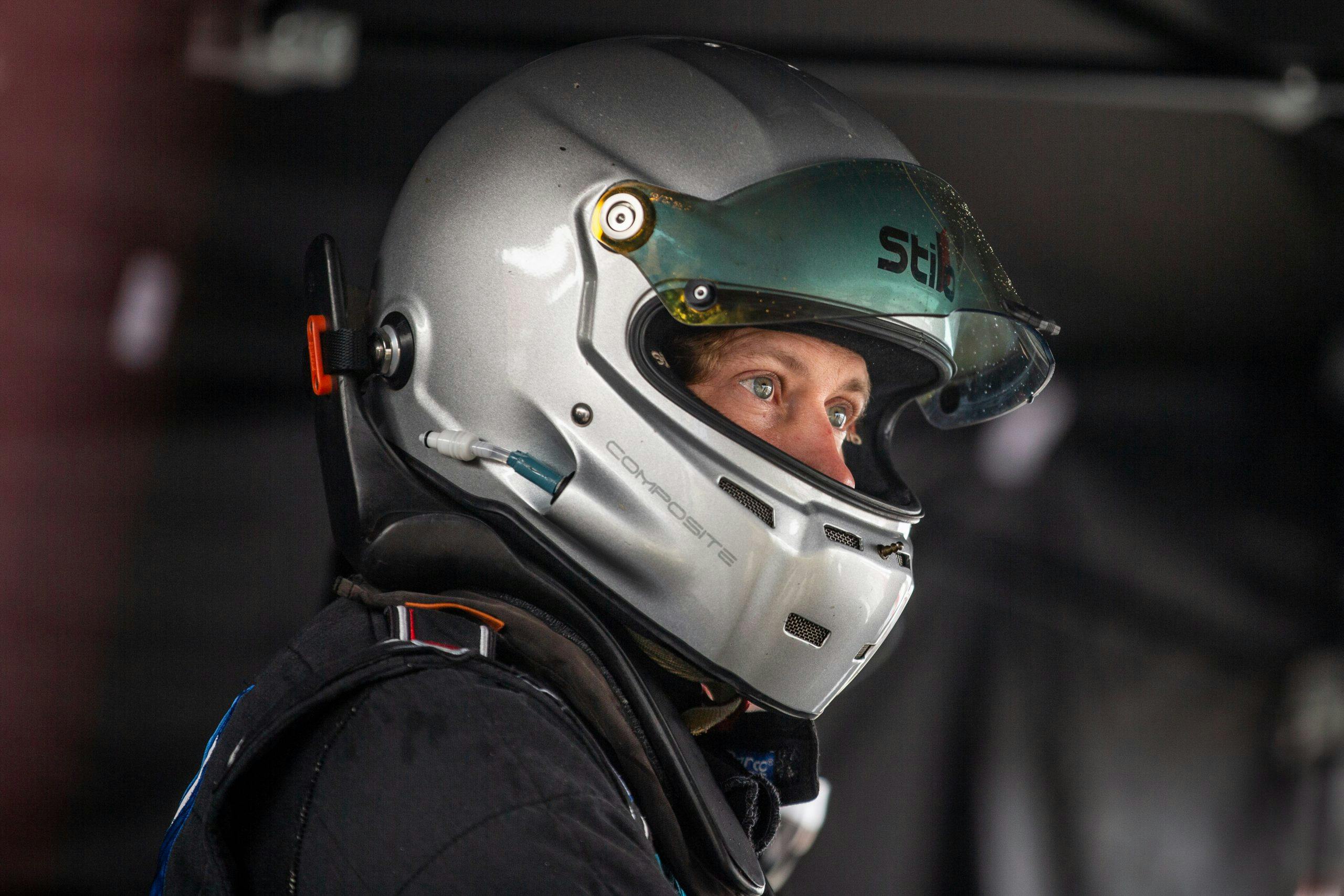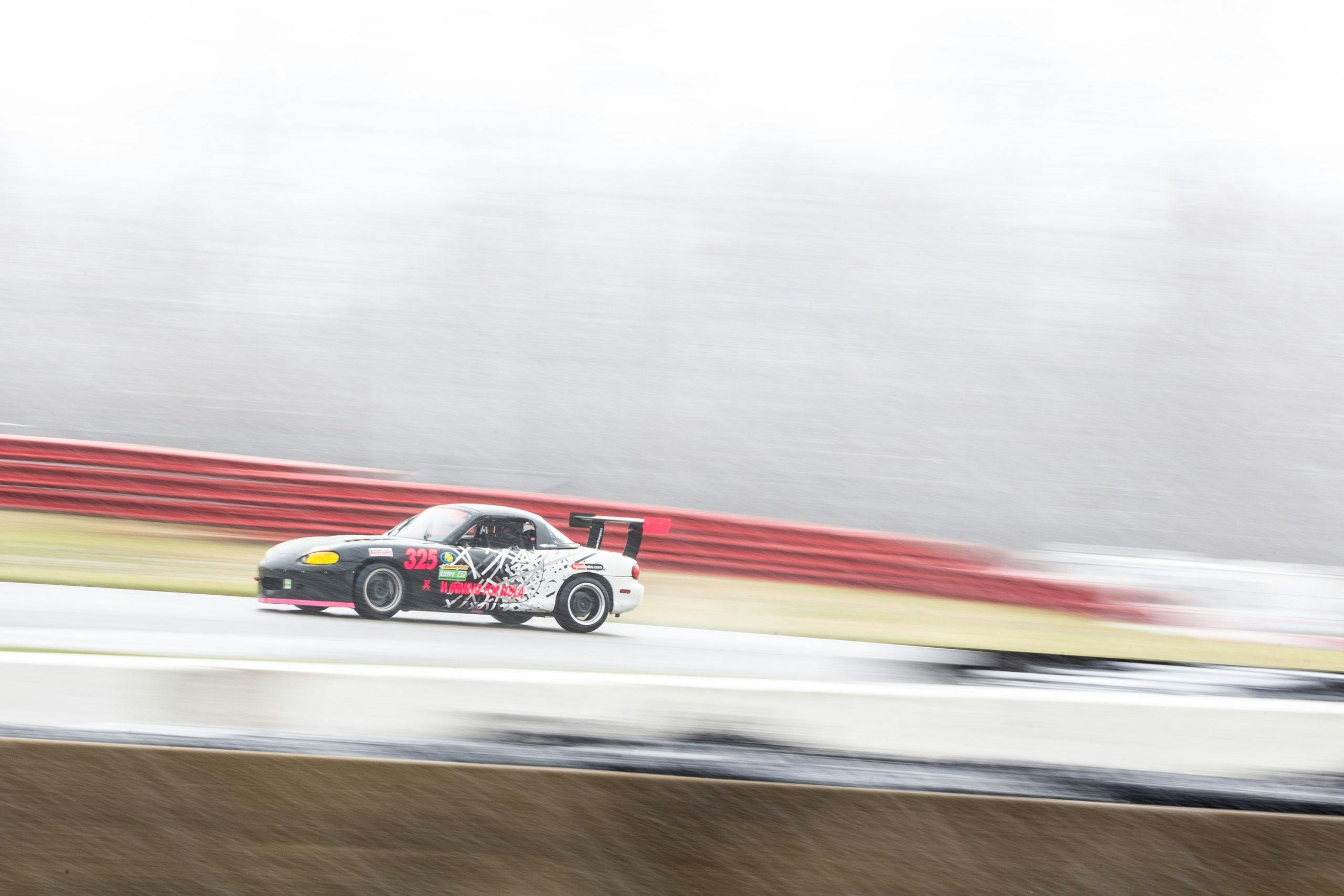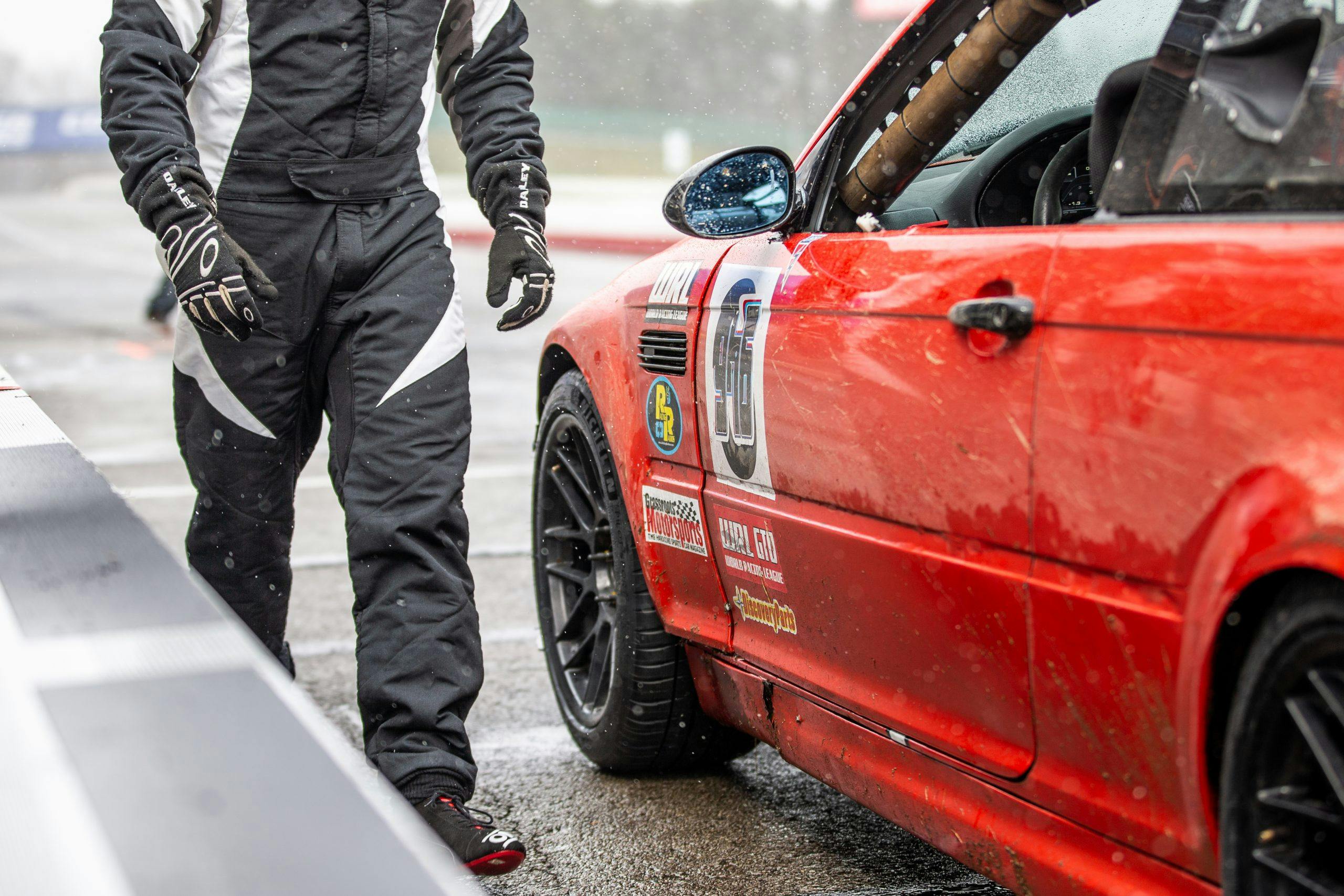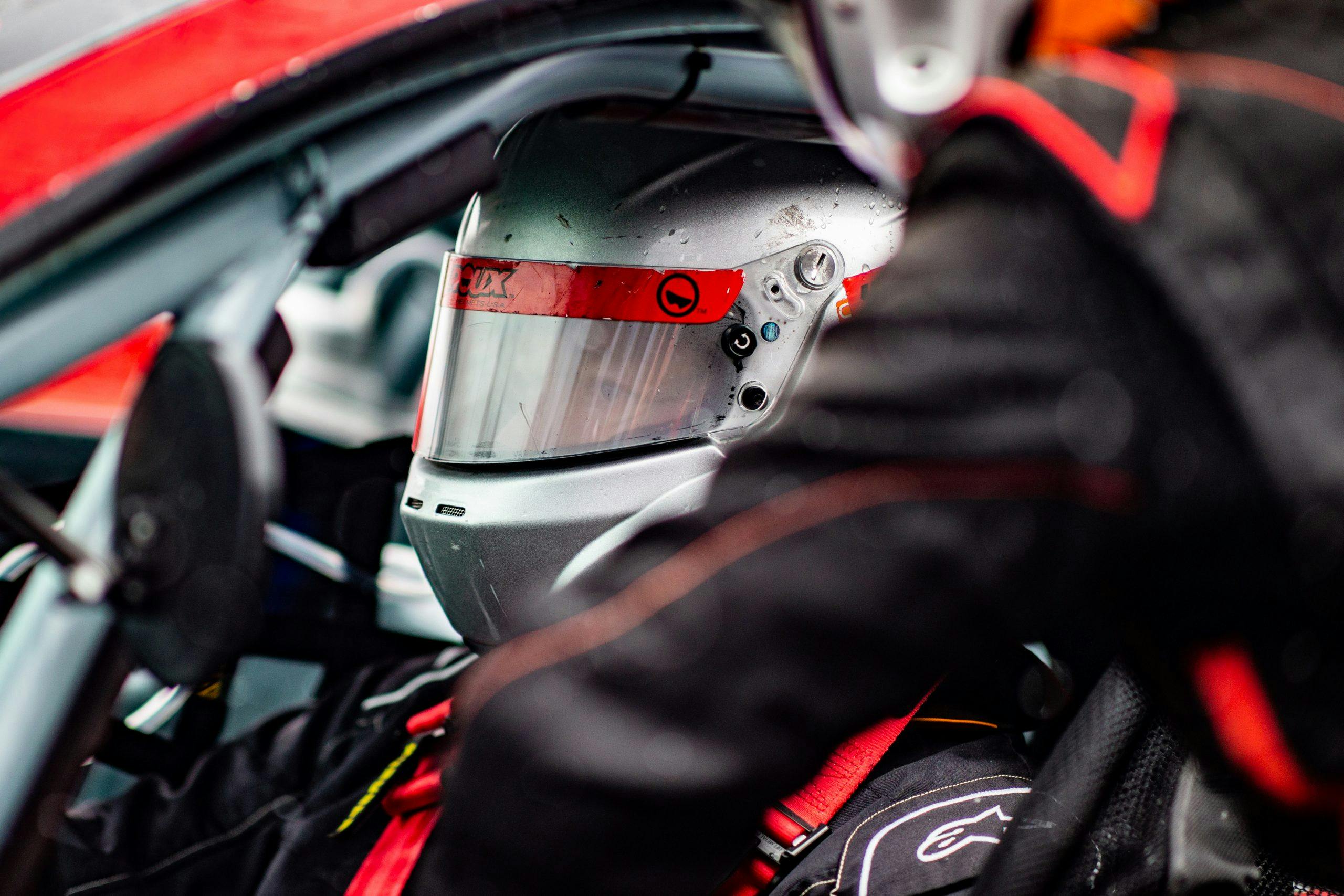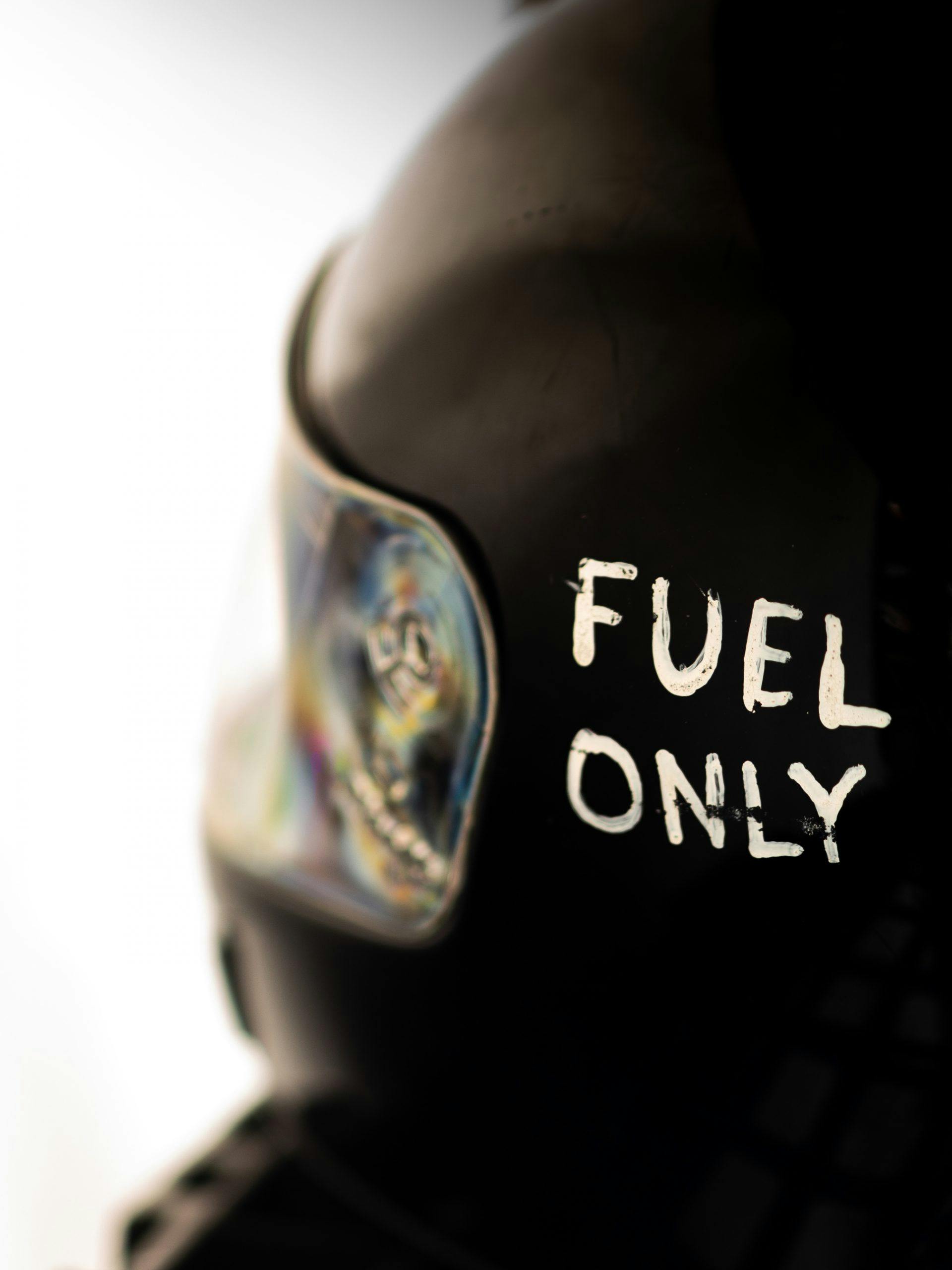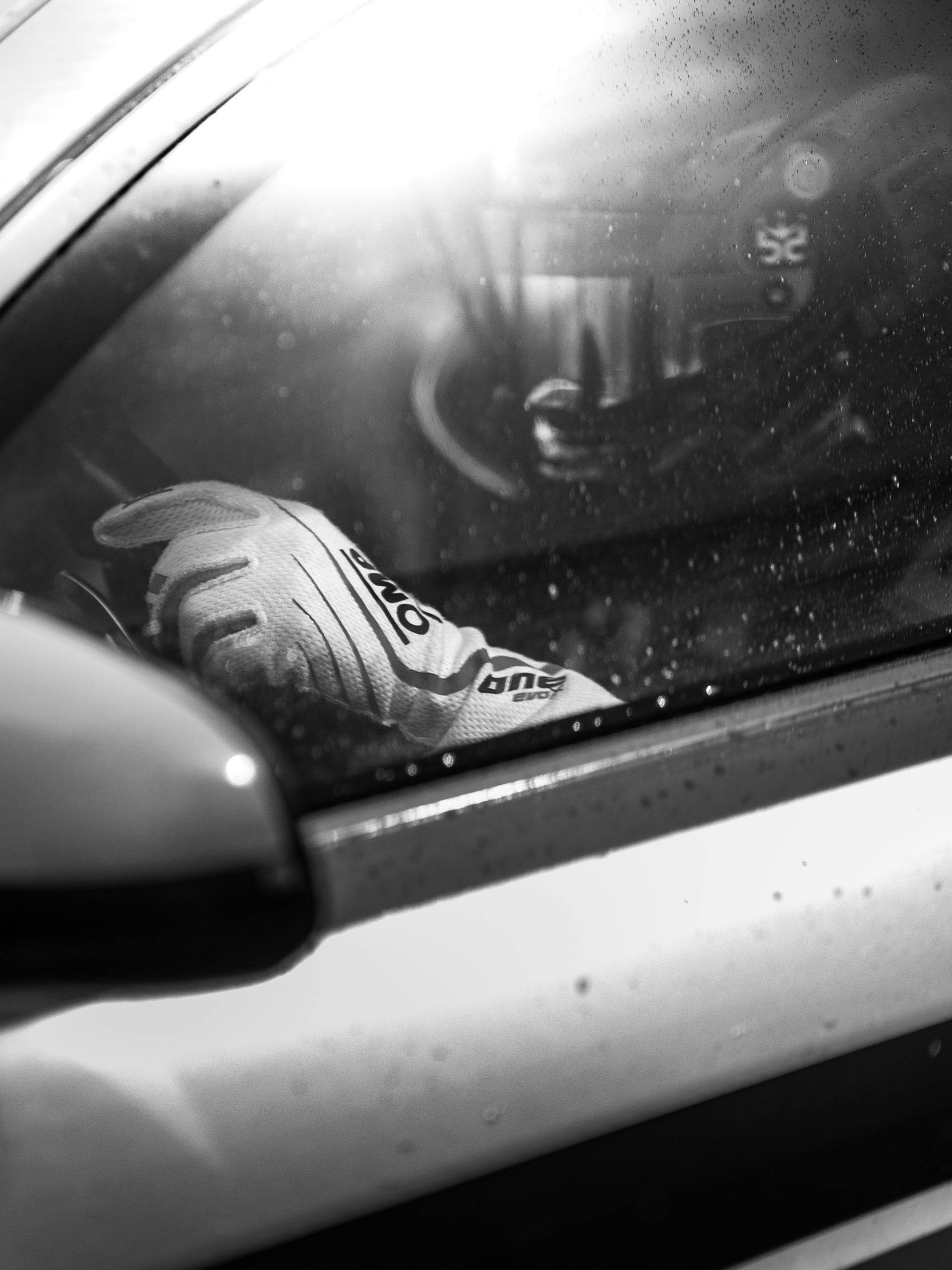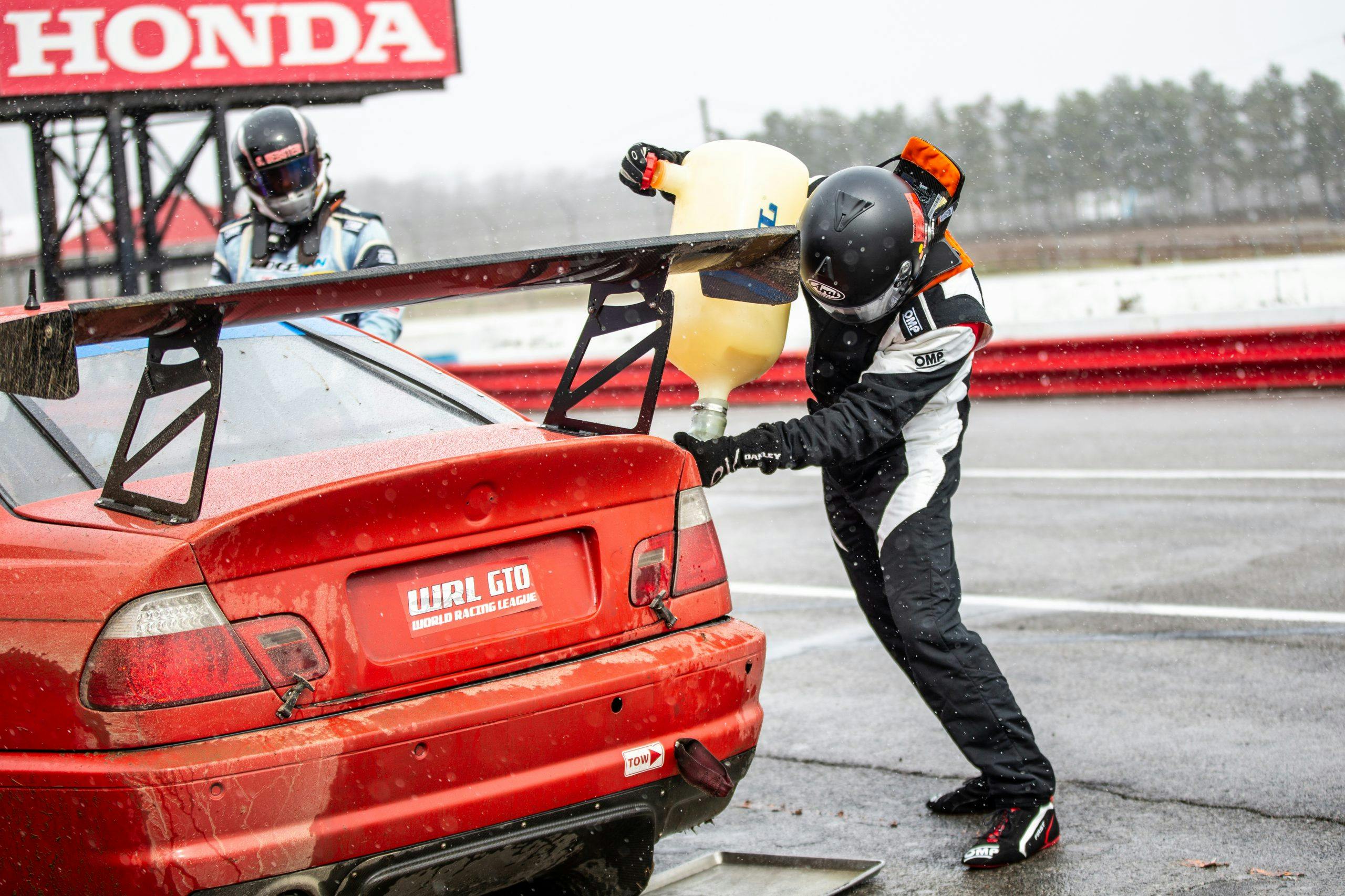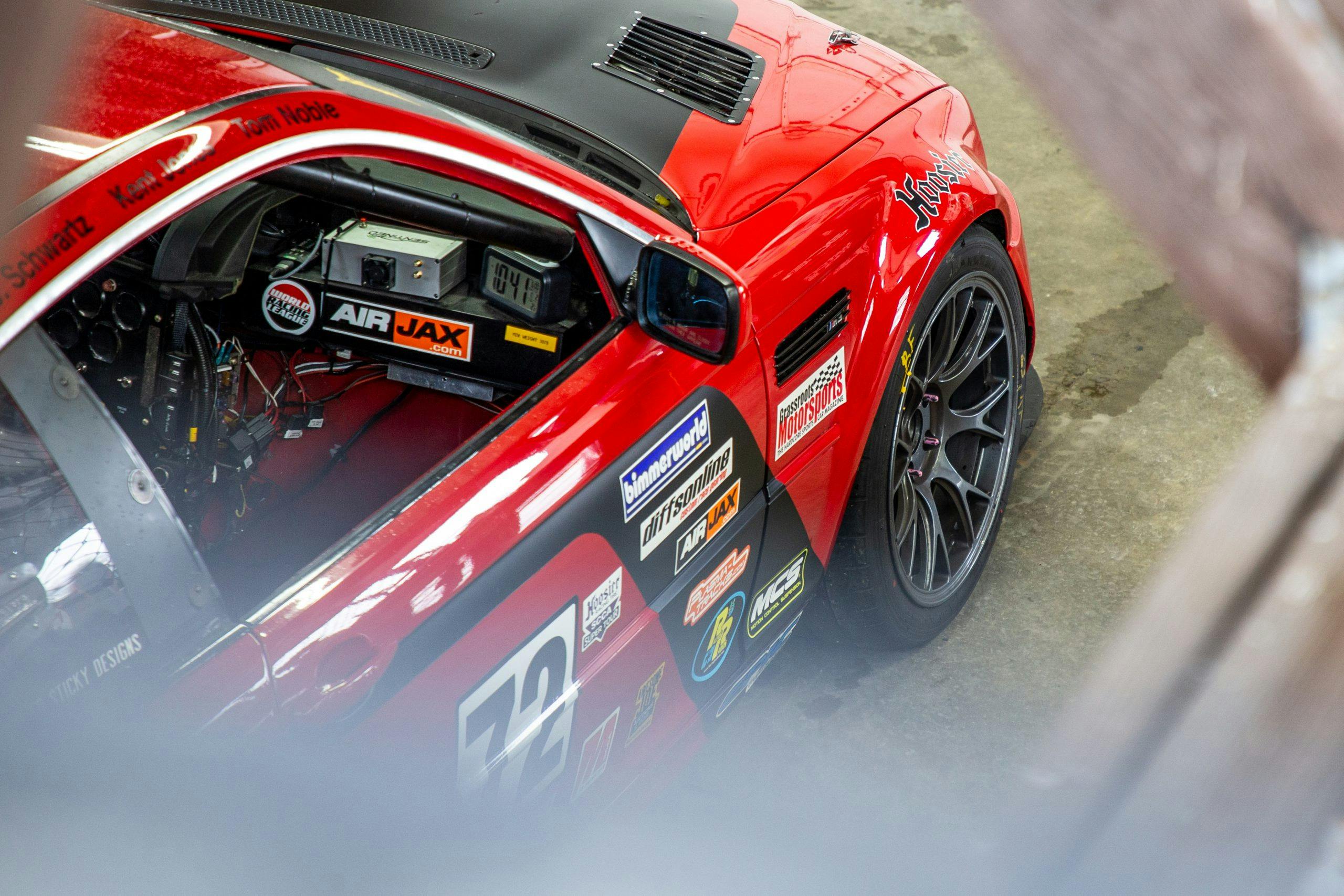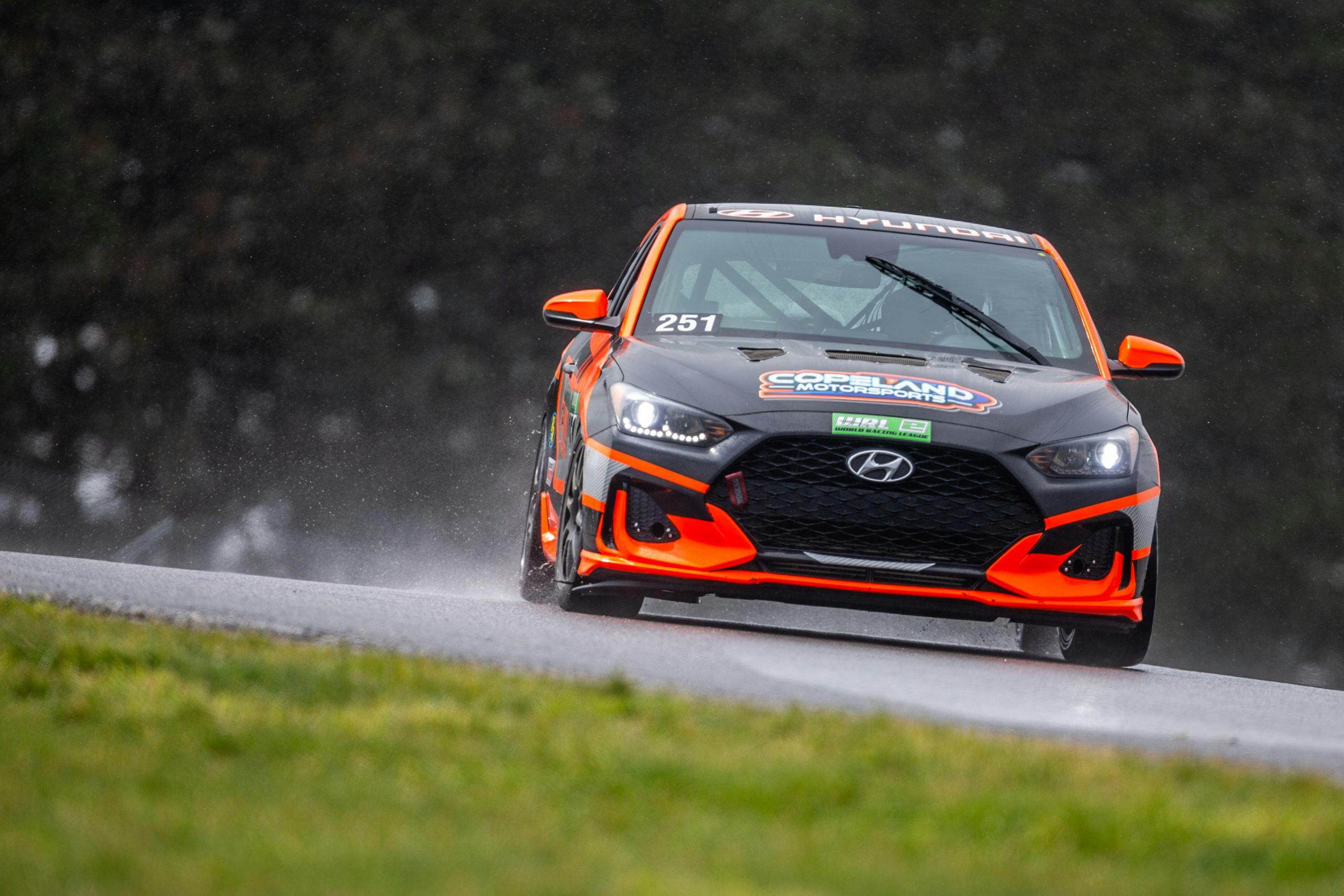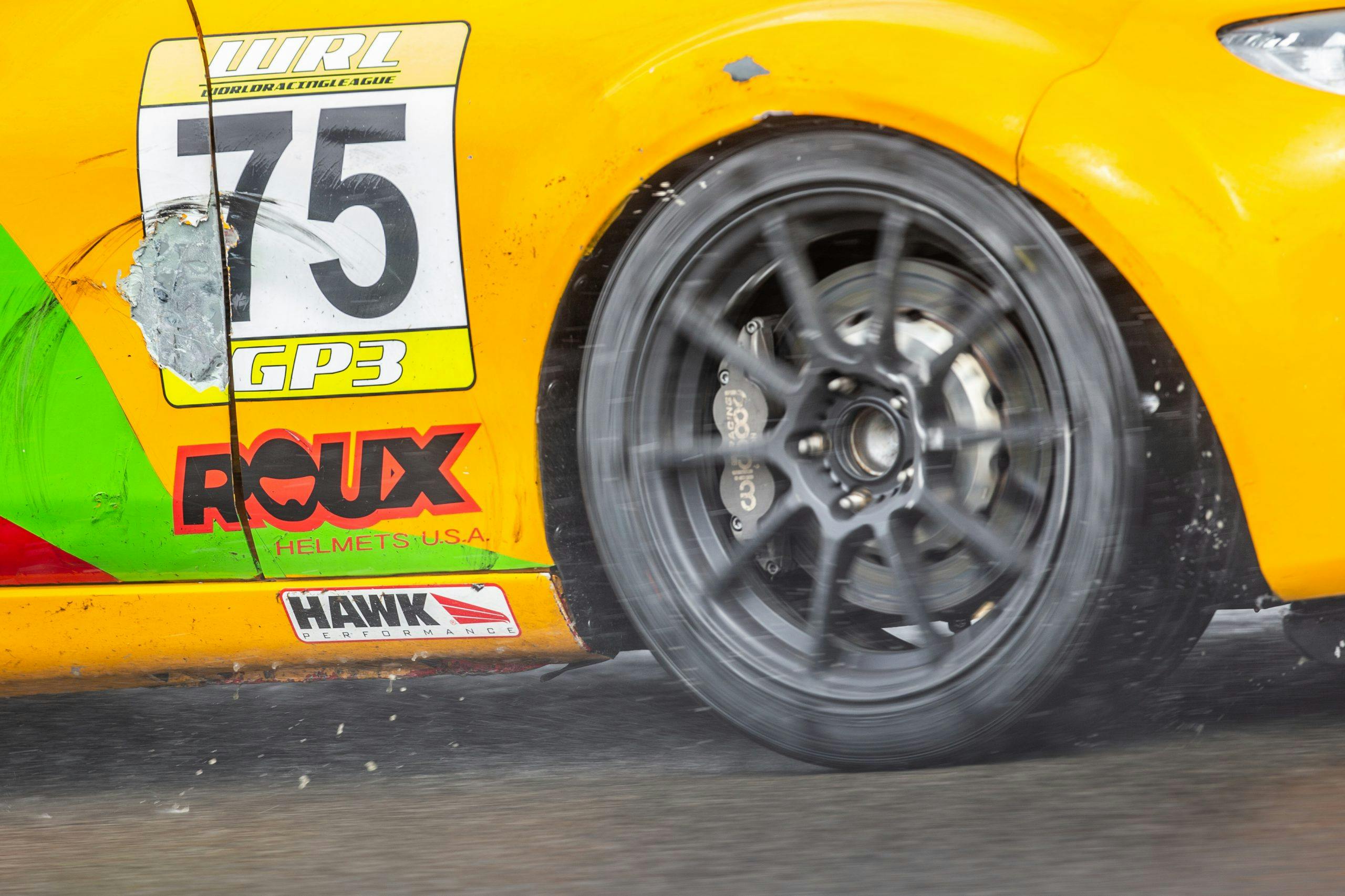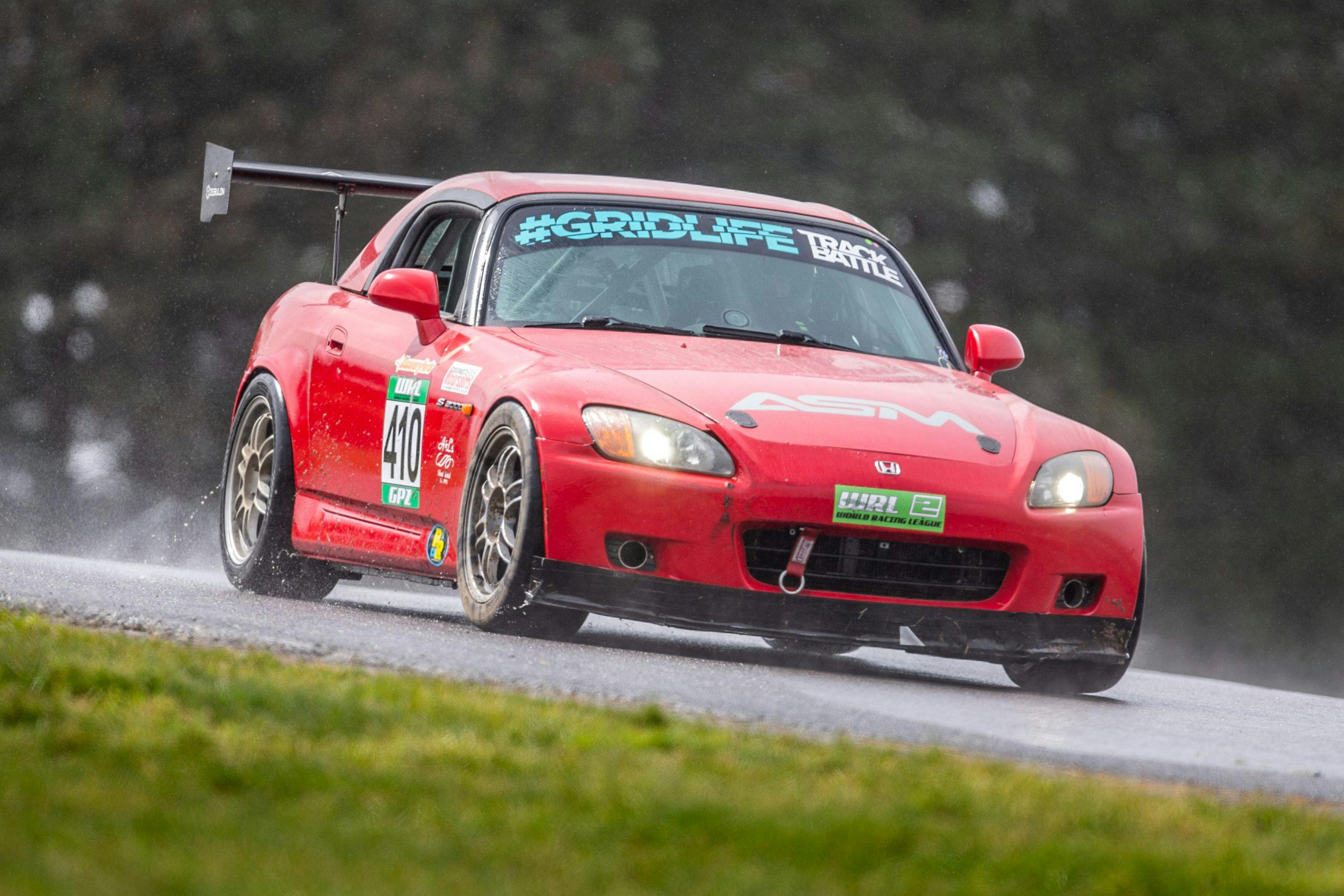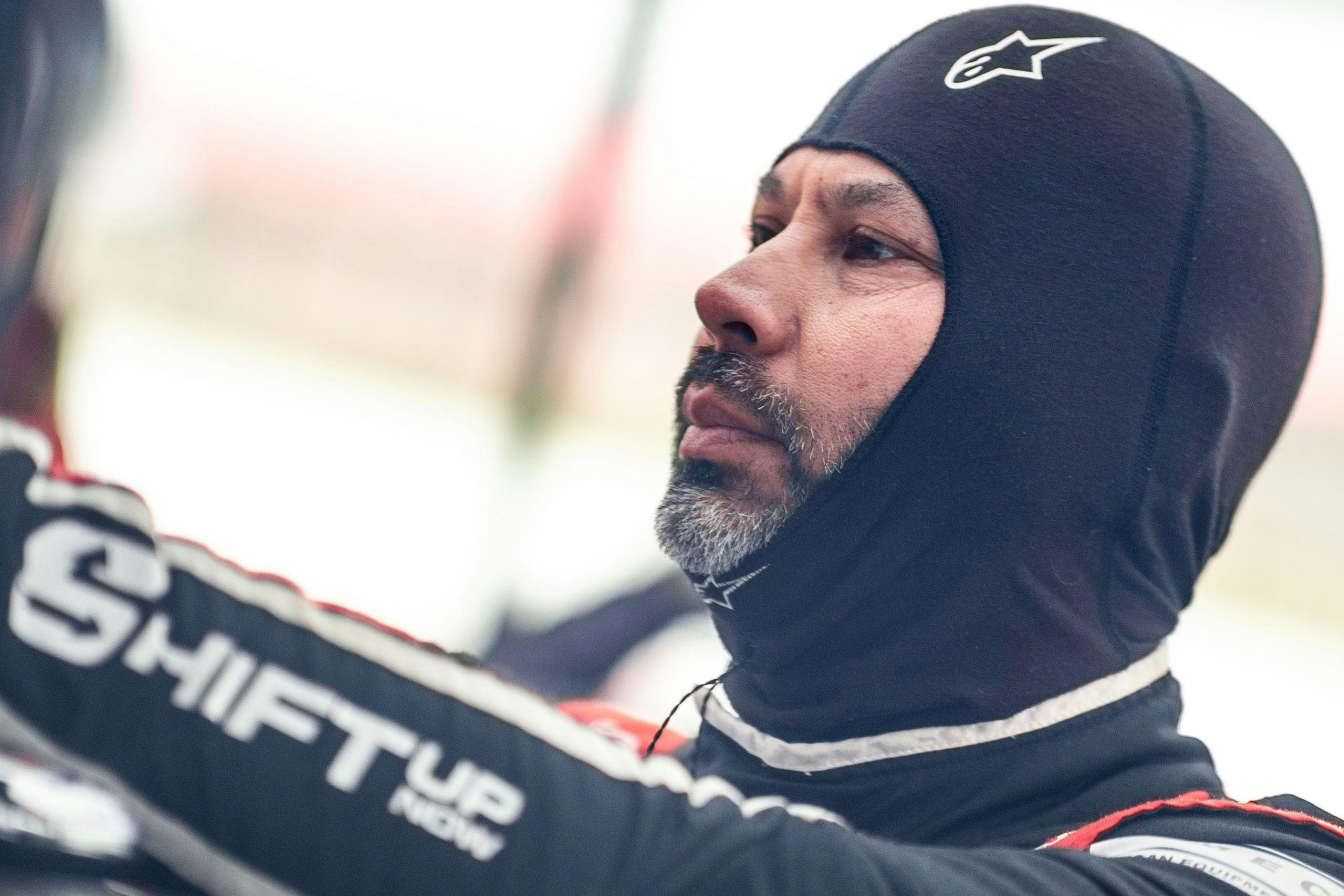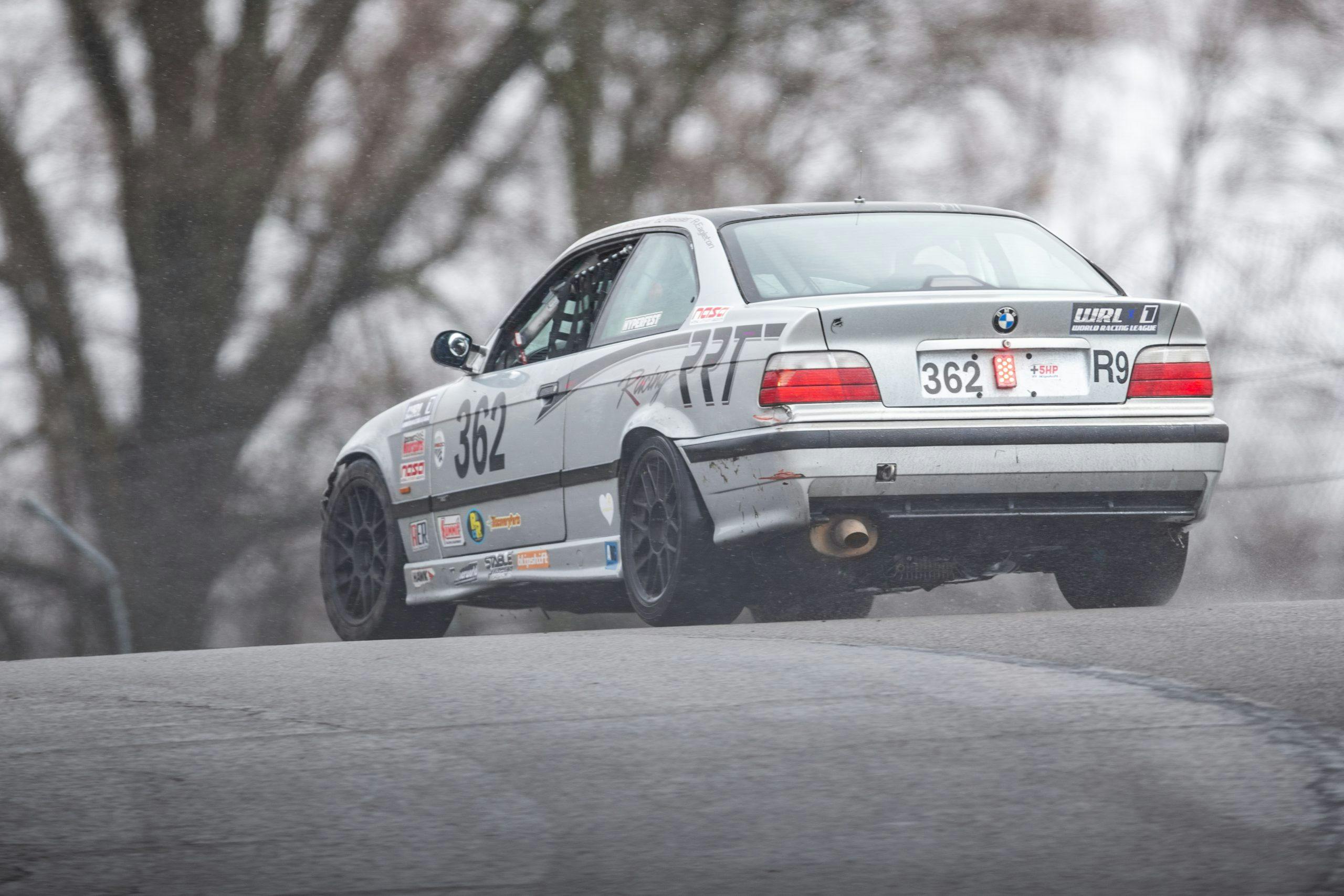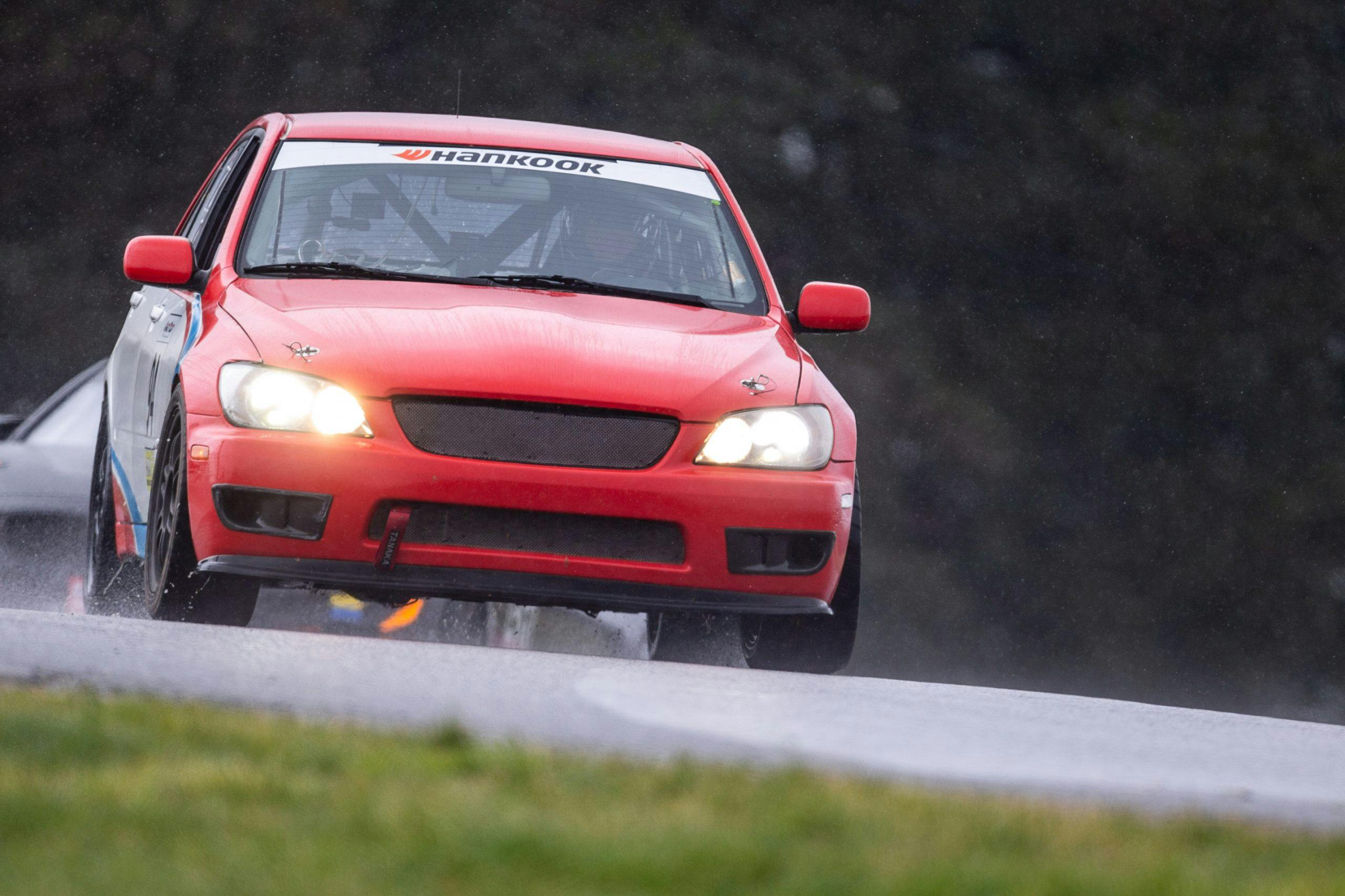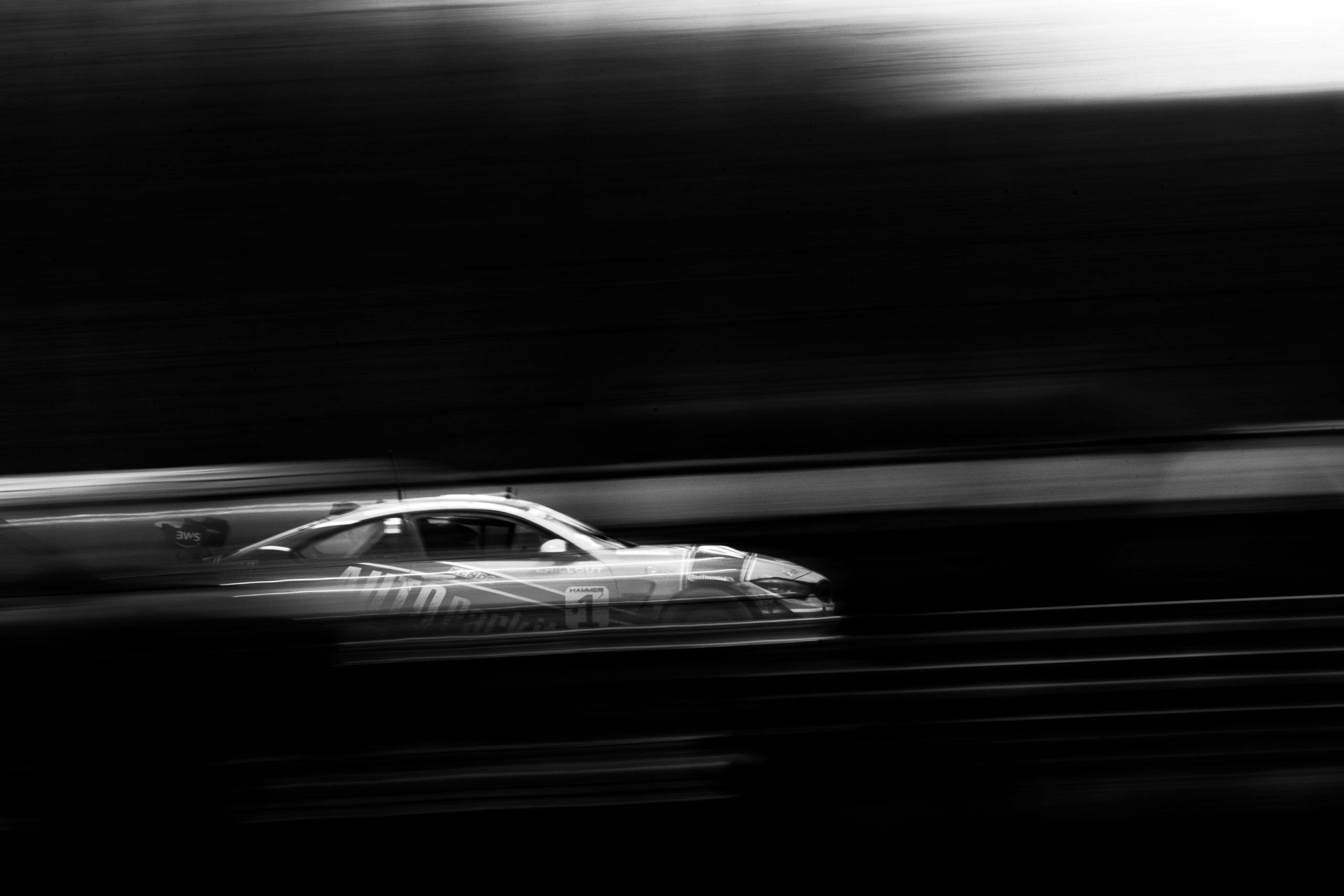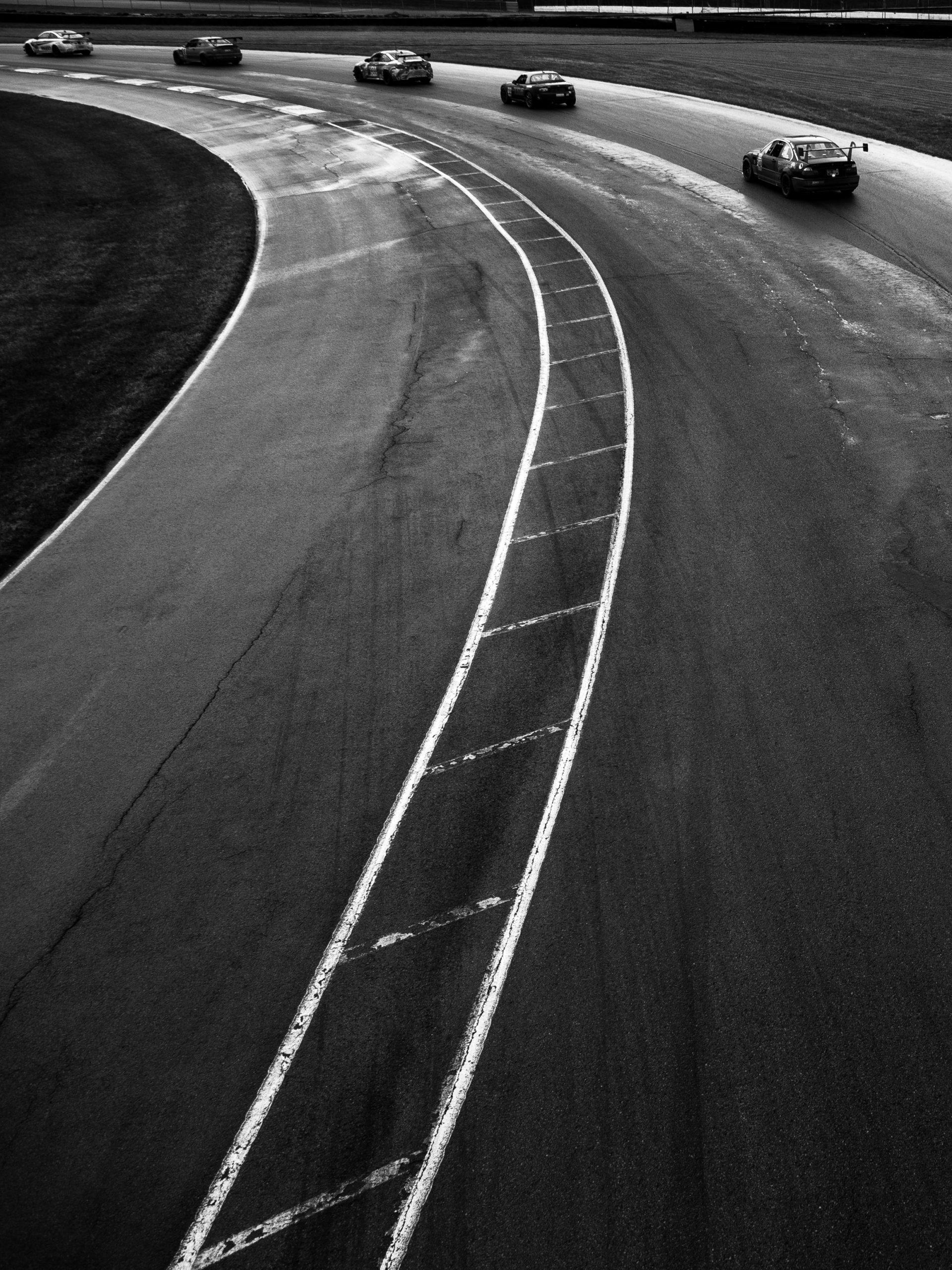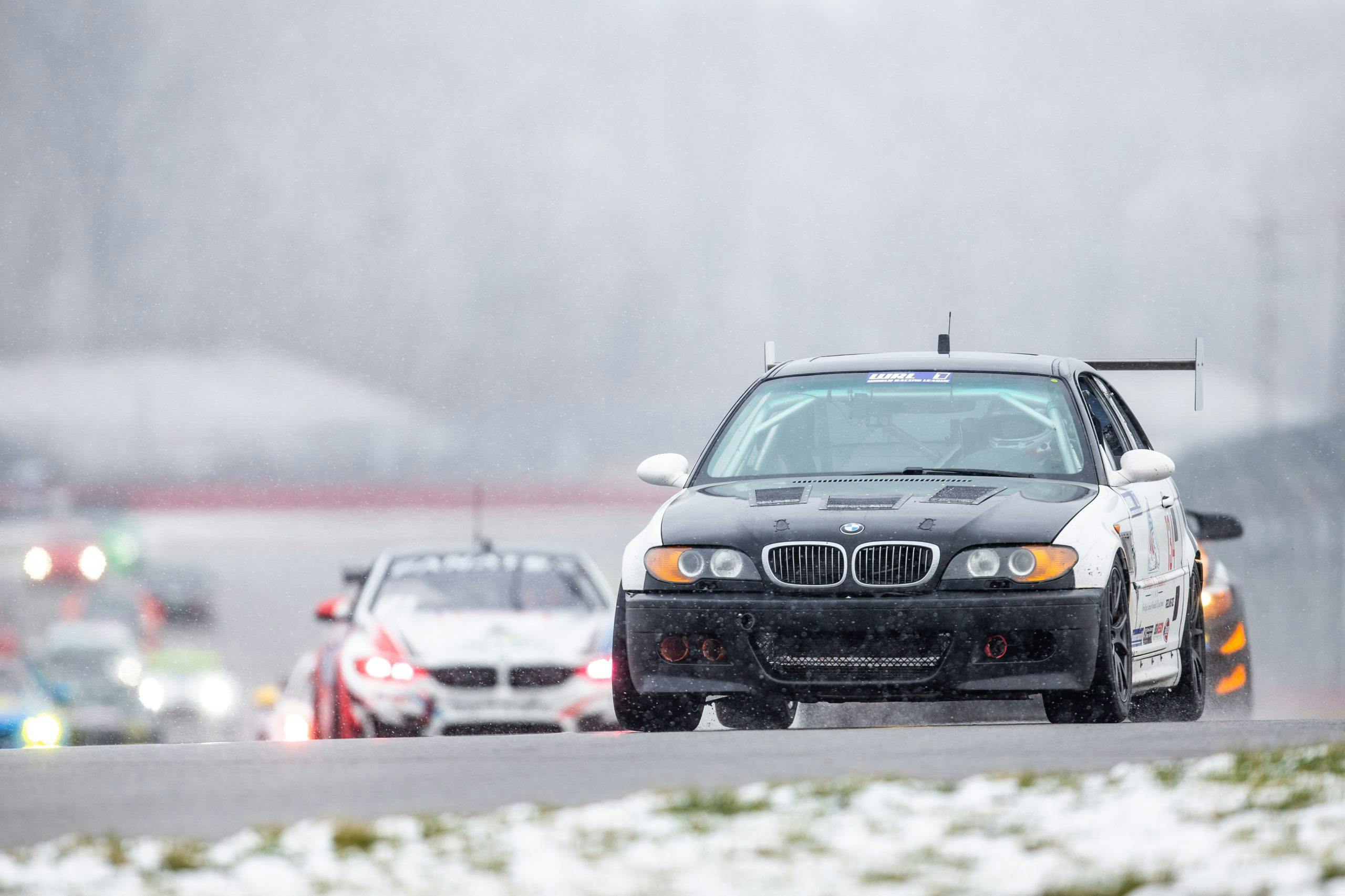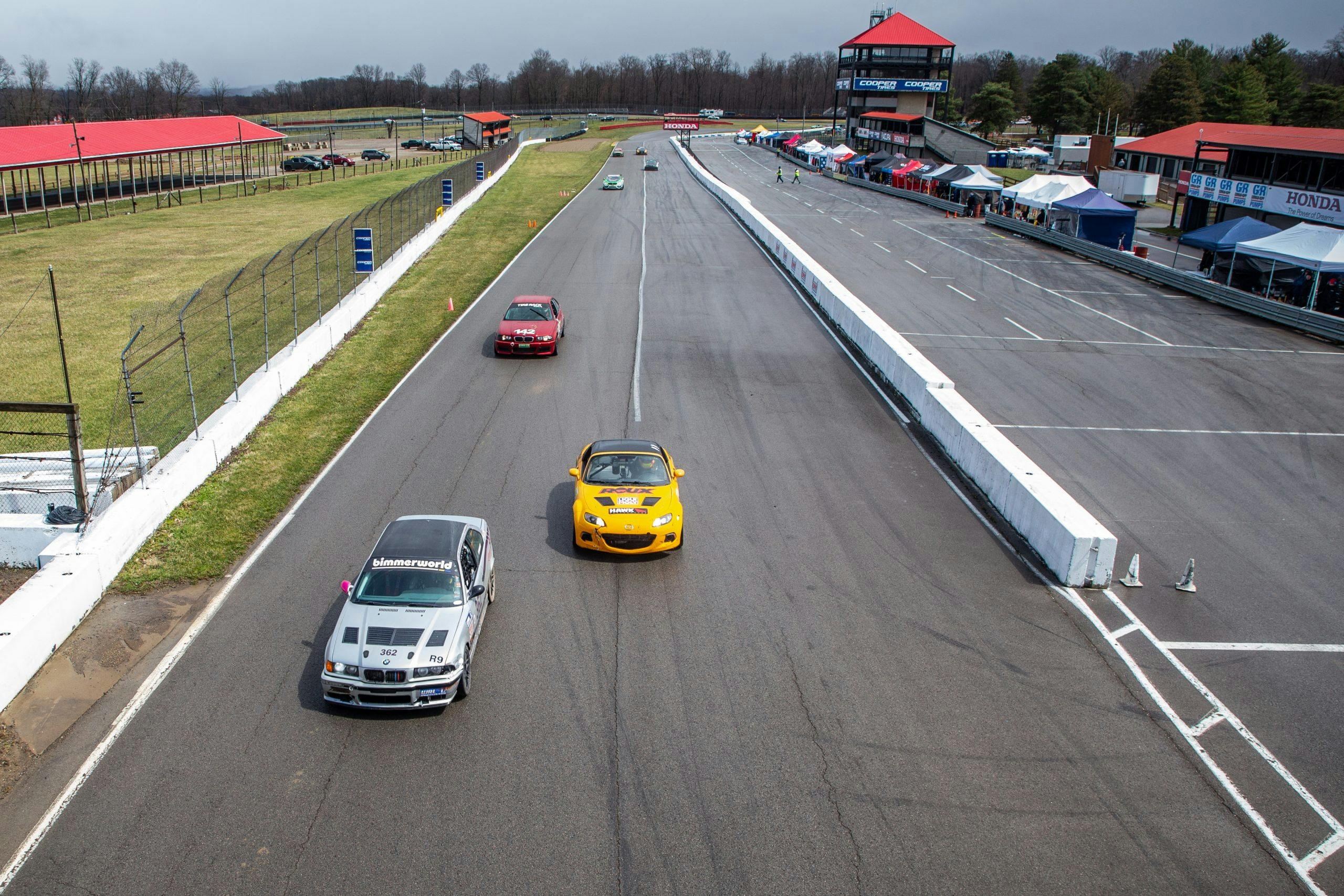Gallery: World Racing League refuses to slow amid Saturday snow
Dirt track racing is in many ways a servant to Mother Nature. Temperamental track surfaces require a precise amount of moisture to make show go, and if rain visited in the days ahead of the weekend race, there’s a good chance the ground will become saturated slop. After heavy doses of the wet stuff, these clay arenas—like your front lawn—take days to dry out.
This was the case last weekend, when I witnessed two Ohio dirt dates cancelled to an onslaught of Midwest spring showers. Rather than punting, I called an audible and made a pit stop into Mid-Ohio, where World Racing League (WRL) was competing on the tricky 15-turn sports car course. Unlike my beloved dirt scene, this amateur endurance racing series will race in any type of weather.
Including snow, apparently.
Despite an unseasonable slate of early morning snow showers, cars hit the track at their scheduled time and drove under a fluttering green flag just after 9:00 a.m., for their first of two eight-hour marathon races. The snowfall eventually gave way to intermittent rain and sun, but not before offering some rather unusual photo ops.
Unless you’re a bona fide track rat, WRL is probably off your radar. So let’s get you up to speed. Among the amateur road racing ecosystem, there are plenty of sanctioning bodies searching for their niche. SCCA, AER, NASA, GLTC—enough acronym salad to make your head spin. Add to the fact that there are respective classes within those groups, and it makes sense why club racing is a mile wide and a mile deep. Some series promise a thin rulebook, others promise intense wheel-to-wheel racing. Most are out to serve up on-track fun.
According to WRL, the series’ goal is to balance pro-style racing with a value-driven rules and format. Race teams compete in endurance races with relatively hard tires (180-plus treadwear) under rules that dissuade contact. “I enjoy WRL because it features bucket list tracks, an endurance format with lots of track time, and we are driving modern cars,” says Director of Hagerty Motorsports Brian Ghidinelli, who was racing in a BMW M4 GT4 at Mid-Ohio. The number of professional teams, drivers, and crew in the paddock each weekend demonstrates WRL’s legitimacy. That said, cars are still able to compete at a fraction of the cost.”
Like professional sports car racing, WRL’s field of contesting cars are divided into classes; in this case, two. Its General Production (GP) class is comprised of three sub-groups based on power-to-weight and features an eclectic roster of production cars with stripped interiors, home-fabbed cages, and—potentially—swapped drivetrains. Anything from a Nissan 350Z to a BMW E36 M3, Porsche 944, or a VW-powered Miata can be successfully campaigned in this class.
Grand Touring Open (GTO) cars make up the rest of the field. While there are some homespun racers in this class as well, many of the cars are used factory-built pro series cars, previously raced in GT4 or TCR. Teams in this group must not exceed the 9:1 power-to-weight ratio.
Put these wildly different cars on the track at once and it becomes a powder keg for on-track insanity. During the race at Mid-Ohio, I witnessed many GTO cars locked in battle while having to simultaneously navigate GP cars, which doubled as moving chicanes. Back in the paddock, the efforts are just as diverse—open trailers versus stacked, professional pit boxes versus lawn chairs. All teams are required to conduct live pitstops. Just like Le Mans, drivers swap the seat while teams service the vehicle.
In a somewhat covert—and totally old school—effort, Ford boss Jim Farley was racing a Ford Performance Mustang with a rear wing the size of an aircraft carrier. Back in the day, it was commonplace for Big Three C-suiters to club race. Farley’s on-track presence at the grassroots level was a welcome sight.

I spent an afternoon pointing my Canon 1DX at these amateur road racers. The frigid air was wreaking havoc on my shutter finger, which made me wonder how the drivers were faring. “I’ve raced in freezing temps before, but never with a half-inch of snow on the ground,” said Ghidinelli. “It was hard to stay warm, but the real challenge was mental. Mid-Ohio is notoriously slick in the wet, and it took a lot of focus to adapt to the rapidly-changing surface. I love that kind of challenge.”
The 1DX was equally up to the task, though, the weather seal was no doubt working overtime to keep the moisture out of body. If only my work boots were as adept. Oh, well. I had an absolute riot in the wet and eventually dried out. I’m not some servant to Mother Nature.

